People have long treated horror films with derision and disrespect. But the genre is vast, and many films are both amazing and distinctly horror.
Intro by Jack Wilhelmi (Managing Editor)
As horror fans, we’ve all heard variations on the same theme: “That film is too good to be horror”, “That’s not ‘real’ horror because…”, “Why do you watch those awful movies?” After a while, it becomes exhausting when people – especially fellow cinema lovers – degrade and turn their noses up at a perfectly fine genre of film.
Horror has always been about celebrating the underdog and showing the darker sides of humanity. It is about opening the creaking closet doors and fearlessly showcasing whatever – or whoever – is lurking inside.
Horror taps into instinctual fears, anxieties, and allows people to explore their own in a safe space, curled up in a blanket on the couch or cuddled up next to someone.
For some, it is catharsis.
Survivors of abuse, neglect, trauma, and other horrific facets of their past can look to seeing strong survivors like Ripley in Alien and Laurie Strode in Halloween and feel, for a moment, that they are seen and heard. Not only that, but they are celebrated; they are fearless, and not alone. In horror, the downtrodden live to fight another day. The weak may find their inner strength and stand up to unspeakable horrors. The outcast can become powerful. It’s all a matter of perspective.
Recently, critics and the Academy have shed some light on the values of the horror genre, most notably in the 2018 season when not one, but two films – Get Out and The Shape of Water – were nominated for Best Picture. When The Shape of Water won, horror fans reveled in the thrill that came from feeling accepted, for once, and like our beloved genre actually had value by a larger group of people who are, quite literally, paid to judge movies on their technical and artistic merits. But then the comments began again: “Oh, that’s not a horror movie, though…”
This year, another genre-bending movie, Parasite, is up for prestigious awards and – again – many of us have heard counter arguments that it doesn’t count or qualify. But we might argue that there are nuances to the genre that only the most dedicated fans can capture in our heartfelt explanations.
The Morbidly Beautiful staff took on a project to examine some films that are – in our opinion – absolutely within the horror genre.
We explain why, when so many have argued they aren’t, they belong. These are stories of the darker sides of humanity, though perhaps not painted in the traditional light of what most think of when they reflect on horror as a genre.
It’s in these stories that we fully experience fear, joy, love, and acceptance, and we hope it gives you a better idea of just how amazing and broad the genre is: that’s part of why we all love it so much.
1. Heathers (1989)
A defense by Kirby Kellogg
Just because a monster doesn’t rip out your throat or a supernatural serial killer doesn’t make a Pollock with your guts doesn’t mean something isn’t a horror film. Sometimes, the great evil is just an ordinary person who does horrible things to the people around them. This is where Heathers becomes more relevant than ever.
Heathers was a film released at the tail end of the 80s and has evolved from a little-known flick about ego and the mundane misery of teenage life to a cult film where teen suicides and serial killing turned stark and strangely lifelike.
In the face of a world where school shootings and the depression of Gen Z and millennials have only grown more visible and recognized in the eyes of the world, HEATHERS takes a more sinister edge.
In the 80s, school shootings were less common, and the idea of death happening before the apathetic eyes of adults was more a topic of dark jokes than reality. Back then, Heathers was considered to be a dark comedy.
Now, as we pass the film’s 30th birthday, watching Jason Dean (Christian Slater) set up bombs in the boiler room and Heather Chandler’s collapse into her glass table isn’t truly funny anymore.
This event is worsened with the knowledge that Chandler’s actress, Kim Walker, died young from a brain tumor in 2001, at the tender age of 32. Viewers nearly fall headlong into the shoes of Veronica Sawyer (Winona Ryder), facing down the barrel of her beau’s gun with three faux suicides at her back, and the fact arises that Heathers has long since shed its darkly comedic coat.
Heathers is not just horror now: Heathers is a dark mirror to a culture that will gladly blind itself to the suffering of young folks just to keep the status quo.
The musical Heathers evolved into uses a reprise of another song, “Seventeen”, to close the show – a song that features the line, “I can’t promise no more Heathers, high school may not ever end.”
How sad it is that Heathers has become this: a symbol of a culture that some high schoolers look to as a reflection of their own time. High school truly may not ever end.
2. The Silence of the Lambs (1991)
A defense by Vicki Woods
The Silence of the Lambs is one of my all-time favorite films, period. It follows FBI Cadet Clarice Starling (Jodie Foster) on her hunt for a serial killer. In the process, she meets with incarcerated Hannibal Lecter (Anthony Hopkins) to inquire if the brilliantly insane cannibal can help her find a serial killer who skins his victims. I don’t care what anyone says: this is a horror film.
Yes, there is a huge focus on Clarice and the investigative process, but Dr. Hannibal Lecter is as horrifying of a monster as it gets. Stellar acting from the likes of Anthony Hopkins, Jodie Foster and Ted Levine helped it win 5 Oscars. Commonly, the film is pigeon-holed as a “psychological thriller” in the eyes of the Academy, and may have been done to qualify, since they have no horror category.
That said, The Silence of the Lambs is a gripping nail-biter that left my heart racing. And it is a terrifying film with enough gore to satisfy any horror fan. It’s time to give credit where credit is due and embrace this Oscar-winning masterpiece as the brilliant horror film it really is.
3. Get Out (2017)
A defense by Jamie Alvey
Jordan Peele created one of the most vital horror films ever made that hearkens back to the core of horror as a reflection of society. The monster in Get Out is far from supernatural, lives in a pretty little suburb, and voted for Obama — and would have a third time. The monster isn’t a group of rednecks who are bloodthirsty and outwardly racist. It’s the white people who present as being progressive, but instead are rife with their own brand of insidious racism.
With Get Out, Peele became a master of horror and an exciting voice that the world desperately needs. His film deserved all the hype that it got and even more. Few films live up to their hype and to the honor of being an Oscar nominee and winner, but Get Out is one of the rare films that does live up to all the fanfare surrounding it.
Peele’s writing is smart and insightful into not only society but the horror that black people experience on the daily trying to navigate a world that is needlessly hostile.
The film is a powerful statement about how black people have to constantly have their guard up and how white people tend to objectify black people in a grossly fetishistic way. Peele does this by giving the audience Chris to identify with. The audience is hyper aware of Chris’s discomfort when he comes face to face with his girlfriend’s all too friendly family and their all too prying friends.
Peele creates tension beautifully in situations that might seem mundane to some viewers. He descends the viewer into full blown dread and anticipation, making for one sharp and engrossing experience. Unsurprisingly, he knows right when to inject his trademark sense of humor into the narrative in addition to creating some of the most delicious Hitchcockian tautness.
It’s almost difficult to believe that this is Peele’s first time directing a feature because of his superb handling of the film. While the film is rife with loving homages to old horror masters, it reflects Peele’s own unique and breathtaking — and truly terrifying — creation.
Chris is the film’s everyman and makes for a great horror hero.
Daniel Kaluuya was rightfully nominated for his turn as Chris in the film because he carries the role in a capable and skillful way. He is a strong actor who is destined for a long and lively career, and his portrayal of Chris is irrefutable proof of this. Kaluuya’s confusion, dread, and terror is palpable throughout the film, which helps bolster the film’s all over horrific and suffocating air.
All the while. Kaluuya manages to be a magnetic focus in the film, an anchoring point for the audience in the midst of this suburban nightmare. He’s a hero that the audience is drawn to and actively roots for — undeniably reminiscent of similar black horror hero Ben from Romero’s Night of the Living Dead.
Peele creates some of the most unique imagery for this film.
In doing so, he has caused horror fans to look at normal everyday items in a different way.
No one will be able to look at a run of the mill teacup without thinking of the insidious and evil Missy Armitage and her hypnotherapy abilities that send black people’s consciousness into what Peele calls the Sunken Place, a powerful metaphor for the oppression of black people.
Sumptuous and original imagery melds with absolutely lovely technical aspects to create an authentic and genuine theatrical experience. Peele’s flair was established with this subversive film, and he shows no stopping when it comes to his mastery and momentum.
4. Green Room (2015)
A defense by Jay Krieger
A lack of a masked serial killer or zombie horde doesn’t stop Green Room from being an equally terrifying horror film.
After witnessing a murder, a ragtag group of punk-rockers barricades themselves inside a backwoods music venue as Neo-Nazis attempt to silence them. The film’s blending of punk attitude and siege premise doesn’t interfere with it capturing the isolating terror of single location horror. Director Jeremy Saulnier inflicts this claustrophobic terror upon viewers, putting their backs against the wall as boxcutter wielding Nazis surround them.
Saulnier’s penchant for stomach-churning violence has always had a slasher quality to it.
By sparingly using extreme violence, each instance of it becomes more gruesomely impactful than the last. This fuels Green Room‘s grungy aesthetic, which champions its ethos of “This is an ugly world, filled with (mostly) ugly people.”
And then there is Patrick Stewart’s chilling performance as the elegantly charming Nazi leader. The duality of an antagonist whose mannerisms and presentation are so fundamentally out of line with his thugs, making him even more frighteningly unpredictable.
Green Room‘s unflinching violence and chilling presentation solidify it as an unconventional, but terrifying all the same, horror movie.
5. Jacob’s Ladder (1990)
A defense by Tavera Del Toro
Jacob’s Ladder is a horror movie.
Tim Robbins plays Jacob, a Vietnam vet and postal worker living in New York City. Tormented by dreams, each one takes on a terrifying level of horror as his visions become extreme and disturbing. Jacob sees things, such as his girlfriend dancing with a demon, and being stalked by unknown people. His dreams become a continuous nightmare. And their intensity increases as he sees himself back in Vietnam, injured, and flashes back to the current times (the 1980s); in Jacob’s world, reality becomes a blur.
Jacob’s Ladder is often labeled a psychological thriller by some critics. However, the film has scenes of pure horror.
The hospital scene, for example, is unnerving, and as a viewer, one can’t help but feel the claustrophobic sense of doom all the way up until the film’s conclusion.
Jacob’s torment is finally explained, and the film finds a resolution, complete with religious overtones and the overarching theme of death. In Jacob’s Ladder, the terror for viewers is the real sense of loss, as Jacob discovers his reality and discovers the tragic nature of his real life, which – in making parallels to war and the price soldiers pay – is absolutely worthy of being classified as a horror film.
6. Upgrade (2018)
A defense by Nightmare Maven
While it may seem like your standard sci-fi thriller on the surface, Upgrade’s graphic violence and gore scream body horror!
Written and directed by Leigh Whannell, Upgrade (2018) follows Grey (Logan Marshall-Green), who is paralyzed after a brutal mugging that left his wife dead. A billionaire inventor offers Grey a cure in the form of an AI implant. Able to walk again, Grey finds he also has superhuman strength and agility – these new skills enable Grey to find and destroy the thugs that ruined his life.
As one would expect with any AI feature, the implant, STEM, is able to think for itself and has plans of its own, despite what Grey or his inventor wants.
Akin to other body horror movies like Videodrome (1983), The Fly (1986), and Tusk (2014), Upgrade tells a horrifying story about technology advancing too far.
STEMs ability to take over Grey’s body shows how advancing technology takes over our own lives, figuratively and literally. The first time Grey “allows” STEM to take over his body to fight a baddie, we see looks of disgust and horror as Grey’s body performs horrific acts of violence.
The violence in the film, as Grey systematically finds each man responsible for his wife’s death, adds a healthy, splatter film dose of gore, the likes of which I’ve only ever seen in the horror genre.
7. The Terminator (1984)
A defense by Jerry Smith
I have jumped head-first into so many arguments about whether or not James Cameron’s The Terminator is a horror film, and that’s largely because a lot of people run to T2 when thinking of the approach and themes found within the series.
T2 is very much an action masterpiece, but I’d argue that The Terminator is primarily a slasher film.
The horror elements are all there — from the way the film is shot, to Arnold’s creepy performance, to set pieces that feel like they could have been lifted right out of 10 To Midnight or Halloween 2. We’re also given a relentless killing machine, a merciless robot who murders people left and right, all while trying to dispatch one Sarah Conner.
In fact, The Terminator is very similar to the body count-heavy slashers of the ‘80s.
Unfortunately, this is something that so many people fail to recognize when they think of the famous “I’ll be back” and “Hasta La Vista” catch phrases from the series.
The first film sees a seemingly unstoppable killer, on a mission of murder, killing anyone in its way. It’s true the series would go for more of a spectacle-driven approach from T2 on, but Cameron’s original fits very confidently alongside modern horror classics.
The time-traveling cyborg assassin rivals The Shape, Jason Voorhees and Vice Squad’s Ramrod as a slasher/antagonist villain who will stop at nothing when it comes to finding its target and brutally murdering them.
8. Midsommar (2019)
A defense by Jack Van Der Merwe
Following the tragic death of her family, Dani Ardor (Florence Pugh) decides to go on an anthropological trip with her emotionally distant boyfriend and his pals to a remote village in Sweden to attend a Midsommar celebration.
Many could argue that Ari Aster’s film is not a horror movie because it doesn’t follow any of the traditional horror tropes. There are no scary monsters that chase our heroes to their demise. Instead, there are a bunch of seemingly warm villagers who appear to desire little more than the group’s comfort during their stay.
Beyond this, there is also the fact that Midsommar does not fit in a traditional horror aesthetic. Many films in the horror genre rely on taking place in dark, grisly, or lifeless environments in order to create tension. Midsommar doesn’t fit this mold at all. In fact, it is a beautiful film that uses its natural environment to compose scenes that look dreamlike and feel serene.
Here is where the true horror lies.
Even though everything on the surface looks and feels warm and lovely, it is still an unsettling movie. Under the caring demeanor and happy-go-lucky celebratory events is something very wrong. Dani and her friends may not be pursued by a gruesome monster or serial killer, but there are still several deeply unsettling scenes throughout the film.
Some are so startlingly violent; you might have to turn away from the screen.
Once the movie starts ramping to its climax, it only gets more disturbing as people start to disappear, and the villagers start to force their visitors into terrifying circumstances. Despite its appearance, Midsommar is unmistakably a horror movie at its roots, proving that you can’t judge a film by its cover.
9. A Clockwork Orange (1971)
A defense by Danni Darko
In 1971, a movie was released from one of the most monumental filmmakers of our time. To this day, it has continued to polarize audiences around the globe. With Stanley Kubrick’s eighth feature-length film, he audaciously tackled the literary work, A Clockwork Orange, from author Anthony Burgess.
Taking on a project where Kubrick felt a “strange psychological identification” to the rather revolting character of Alexander DeLarge, flawlessly portrayed by legendary actor Malcolm McDowell, Kubrick took great care and delight in creating this memorable cinematic version of the ultra-violent, semi-futuristic world within Burgess’ novel.
By embracing the unusual language appropriated with its pages — a slang derived from Russian, Yiddish, and the unsettling, commanding presence of Alex and his Droogs on screen — A Clockwork Orange evokes fear. Through trusting and believing in his actors, Stanley Kubrick helps conduct this darkly comedic, provocative and unsurpassed addition to genre greatness. That’s right, folks: genre greatness!
On his first go at writing a screenplay all by his lonesome, the seasoned filmmaker delivers this brutal, violent, yet astonishingly beautiful addition to the annals of motion picture history.
Some of the most iconic images captured from film are taken from A Clockwork Orange, and this is something worth noting. This honored piece of filmmaking which is officially classified as a crime/drama/sci-fi/mystery blend can also easily be experienced as a horror film. Dramas don’t tend to get banned from multiple countries and demand bootlegs; horror movies absolutely do.
By making quite a few uncomfortable with scenes of unrepentant violence and sex juxtaposed with sounds of familiar and celebrated sources of classical music, Kubrick carves a way into your cranium with this flick.
This is a movie that has deeply resonated with me throughout all my years, and I will never stop shouting from the rooftops that it is most certainly a horror film. Murder, rape, drug use, gang violence, revenge, and wild aversion therapies are all met within Stanley Kubrick’s masterpiece, making for one hell of a ride — and a real horror show.
10. Parasite (2019)
A defense by Thomas McKean
Parasite (2019), directed by Bong Joon Ho, is a lot of things. It’s funny, tense, heart-wrenching, unpredictable, and expertly crafted social commentary on the class divide caused by capitalism, so says the director himself. It’s also a foreign film with a serious chance at taking home several major Oscar wins, including the coveted Best Picture Award — something never achieved by a foreign language film. This is an impressive feat for a Korean black comedy/horror film.
While one may not see it upon first viewing, the horror in Parasite is there.
These aren’t the traditional scares of ghosts, ghouls, and demons; instead, there are the very real terrors of our economic reality coupled with subtle metaphor and horror-inspired technical prose.
It might not be “jump-scare” scary, but Parasite’s horror is just as present as its comedic stylings or tense mystery aspects. The horrors of Parasite are in the details: the silhouette of a strange man hunched over in a doorway, a man banging his head against the wall until it bleeds, screaming out love for his “master”, a group of sly yet lovable, everyday people trying to get away with a fool-proof scam.
These aspects are where the film shines for horror fans — and satisfies them.
While Parasite is also about despair, anguish, and crushing economic strife, there is hope it will not only be the first foreign language film to win Best Picture, but the second horror movie to win it as well. All I can say to that? Good luck, Bong. I hope you have your good luck rock close at hand.
11. Moon (2009)
A defense by Bud Fugate
Can you imagine a movie where the main character is isolated on the moon, only to find out they are really a clone? To make matters worse, not only are they a clone, but they have an expiration date of 3 years. Now, for the past 2 years and 11 months, they thought their mission on the moon was coming to an end and they would be able to go home to their wife and children.
But that’s not going to happen. Instead, they are going to slowly deteriorate, as the life cycle of a clone is a mere three years. Based on this alone, one might think: “Holy hell, that’s a horror movie if I ever heard one!”
However, per Wikipedia “Moon is a 2009 science fiction film directed by Duncan Jones”. Well, anyone can edit Wikipedia, so what about a more reliable source like IMDb? Sadly, that site categorizes the film as drama/mystery/science fiction.
Ok, the movie is set in the future and on the moon, but IMDb outright calls it drama and mystery before calling it what it is: a horror movie.
Based on classifications alone, it seems as if people are trying anything in their power to not classify Moon as a horror movie. But the film has such deep themes, including feelings of isolation, the horror of discovering your whole existence is a lie, the impending, existential notion that you’re doomed to die, and the realization that all your happiest and most loving memories have been falsified.
That sounds pretty gut-wrenching and terrifying.
So, I propose we reclassify Duncan Jones’ dazzling directorial debut, Moon, as it should be: horror.
12. Pan’s Labyrinth (2006)
A defense by Adela Karmen
Elements of horror are often characterized as fiction intended to frighten, disgust, and shock; inducing feelings of dread and terror. This fear can come from either supernatural or non-supernatural causes and often are used as metaphors for societal fear.
When horror is utilized as a sub genre – whether it be in comedy, science fiction, or drama – what is produced can be a wonderful experience. A beautiful example of this genre bending can be experienced in Guillermo Del Toro’s Pan’s Labyrinth.
Pan’s Labyrinth is a tale that follows a young girl named Ofelia as she copes with the events in her life during Nazi-occupied Europe, intertwining the reality she lives in and the mythical world she escapes to.
Pan’s Labyrinth is often cited as a dark fantasy film.
It’s a compelling, deep story told through grim interpretations of classic folk tales amplified by the use of magical realism. However, the horror in this story is found in both worlds as she is faced with monsters in each. One being mythical creatures and another being her sadistic army captain stepfather.
When torment is at the forefront, Ofelia is left to confront frightening battles in each world, which are both life-risking endeavors. Del Toro manipulates these worlds beautifully to present a spellbinding message that, despite the horrific monsters in Ofelia’s mythical world, shows that real horror often lies in humanity.
Del Toro holds a huge presence in the horror genre, and Pan’s Labyrinth is by far no exception to his resume.
13. Crimson Peak (2015)
A defense by Lex Vranick
Murder. Omens. Ghosts. Dark, creepy houses holding even darker secrets. These are all things you would expect from a horror film, and they are all front and center in Guillermo del Toro’s Crimson Peak.
The film is a visual masterpiece that can give you nightmares for weeks. The ghosts blend traditional understandings of full-bodied spirits with the skeletal reality of the decayed human form. The titular house looks like a Halloween attraction, and even has bleeding floors to boot. Sure, the red seeping up between broken floorboards is just a richly colored clay, but the imagery doesn’t stray far from the blood shed on them later.
Crimson Peak combines elements of multiple genres to achieve a passionate story about love, trust, and family.
It’s a murder mystery, a psychological thriller, a gothic romance, and a paranormal horror story all in one.
In writing the script, del Toro was inspired by ghost stories such as The Shining (1980) and The Haunting (1963), and these inspirations show. The atmosphere of the house feels akin to the Overlook Hotel. Audiences never quite feel completely safe, and any moments of relief are brief. Perhaps this horror isn’t quite as intense as other films, but that doesn’t make it any less worthy of the genre.
Crimson Peak is a beautiful roller coaster of emotions. You’ll jump. You’ll scream. You’ll probably shed a tear or two. This film is the definition of “horror with a heart”. Emphasis, of course, on “horror”.
14. The Lighthouse (2019)
A defense by Richard Tanner
Horror means a lot of things to a lot of people. One thing I hate to be asked is: “What’s the scariest movie you’ve ever seen?” How do I answer that question? It’s like asking which color is best? It’s all subjective. Maybe you’re scared of the Devil or spiders. Maybe you’re scared of being alone. Perhaps you are a little more cerebral, scared of a slow descent into madness.
This is where The Lighthouse comes into play.
The film received a lot of mixed reviews. Those who loved it, loved it. And, of course, the others couldn’t stand the sight of it. I fall into that “love” category. One thing everyone seemed to agree on was that The Lighthouse was a strange movie… a drama or an art film more than anything else. And while I’ll agree to those descriptions, I will defend that this film firmly belongs to the horror genre.
Horror is folklore; for as long as we have told stories around the fire, we have made legends of ghosts and the supernatural.
The Lighthouse centers around two keepers: an old man who is wise in the ways of the sea and all of its shantys, and a young man who is enlightened to be above it. Of course, being stranded on an inhospitable island can make legends come to life. This modern telling of the Rime of the Ancient Mariner spins the old and the young together into character study that crosses into madness.
The Lighthouse’s horror comes from the blurring of fact and fiction. I’ve seen the movie multiple times, and I’m not sure if anyone is telling the truth in the film. Maybe they are both crazy, maybe only one is.There could be a Lovecraftian “Great Old One” in the light, or perhaps there is one out in the sea.
But the primary fear showcased by The Lighthouse is being alone with your own mind, unable to comprehend anything that happens around you.
To be honest, the scariest thing I’ve ever seen is a Lifetime drama about a stroke victim, trapped and unknowing. I’m not looking for jump scares, I’m not looking for the Devil. I fear that one day, I’ll catch a glimpse somewhere past this veil of sanity and never be able to find my way back.
I watched Rob Pattinson do just that in one of the scariest films of 2019.
15. What Ever Happened To Baby Jane? (1962)
A defense by B. DeCesare
Labeled as a psychological thriller, What Ever Happened to Baby Jane? has all of the elements of a great horror film. Set in 1962, the film focuses on the slowly unraveling former child star Jane Hudson (Bette Davis) and her sister and caretaker, Blanche (Joan Crawford) who suffered from a mysterious accident that left her wheelchair bound.
Though these aren’t names that anyone would ever expect to see in a horror film, classic horror elements such as attempted murder, kidnapping, and descent into madness are the primary sources of tension throughout the film.
Jane cuts Blanche’s contact off from the outside world. From there, the agony of watching her slowly starve to death and desperately try to get help sticks with the viewer hours after watching the film.
It was the first to introduce the “Psycho-biddy” sub genre: a branch of horror whose plot lines focused on rapidly declining female starlets past their prime. It explores their failure to cope in the next – and sometimes final – stage of their lives, which often results in violence.
As unsettling as it is heartbreaking, What Ever Happened to Baby Jane? is a classic film that any horror fan should indulge in.
16. The ‘Burbs (1989)
A defense by Jeremy Herbert
You can probably name a dozen CDC-approved cases of suburban madness in adolescents. Stranger Things. Summer of ’84. The Sandlot counts on a technicality because of The Beast. That infectious strain of nosy paranoia that settles in when the neighborhood quiet starts to seem a little too quiet.
When it comes to such outbreaks in adults, the pickings are slimmer, but the gold standard remains as Joe Dante’s The ‘Burbs. Like all great case studies, it starts wide and narrows in on a molecular level. In this case, from outer space to a nameless cul-de-sac in Anywhere, USA.
It is, first and foremost, a comedy, and thank goodness. There’s scientifically no better way to combine the forces of dearly missed Rick Ducommun, also dearly missed Carrie Fisher, Wendy Schaal at her bubbly best, Tom Hanks in his wise-ass prime, and the platonic ideal Bruce Dern.
But, too often, this film doesn’t get the recognition it deserves for being a horror film as well as a comedy.
Not hard-edged, necessarily — though there is an impressively large chainsaw in it — but paranoid enough to count. The Sawyer-like family next door is creepier than they have a right to be. Hanks forcibly sampling their anchovy paste to both be polite and live to throw it up at home is as hilarious as it is uncomfortable. Actually, that’s a lie. He makes sounds no man has made before or since. But it’s still pretty tense.
The ending, for a studio comedy at the tail end of the ’80s, is howlingly bleak. The heroes “win”. The “good guys” survive, but only because they gave into their baser instincts on a bad case of suburban madness. They might not be as bad as the murderous Klopeks, but they were also a felony away from ruining the lives of an innocent family of foreigners not used to sacred cul-de-sac decorum.
Besides his Tales From The Crypt appearance and Forrest Gump, it’s also the closest Tom Hanks has come to pure, unleaded horror. And that has to count for something.
17. Psycho (1960)
A defense by Jack Wilhelmi
Alfred Hitchcock is known by many as “the master of suspense.” So, what is suspense? Does it differ from horror? No, actually, it doesn’t. In many ways, many of Hitchcock’s vast filmography can be classified somewhere within the horror genre. But above all the others, there’s his 1960 classic, Psycho.
Starring Janet Leigh, mother of “scream queen” Jamie Lee Curtis (Halloween) and Anthony Perkins as the charming – and chilling – Norman Bates, proprietor of the Bates Motel, Psycho had subtle horror sensibilities that led to the boom of a much larger sub-genre: the slasher movie.
While tame by today’s standards, Psycho undoubtedly gave people a reason to fear a very human monster.
Marion Crane’s death in the shower – where she was vulnerable and too trusting, merely ready to settle in for the night at a roadside motel – has become cinema legend. However, the scene has become one of horror legend because of two things: the shock on Marion’s face when she’s faced with the knife and knows her end is nigh and the music while an unknown figure (later revealed to be Bates) delivers the killing blows.
As Jaws did for pristine beaches during the dog days of summer, Psycho gave young men – and women – a reason to fear the friendly stranger, the well-meaning, soft spoken gentleman.
This fear would later be realized during the 1970s, in a horrifying real world application. That’s when a charming and attractive man named Ted Bundy began luring young women to their deaths by adopting a ruse as a well-meaning man who was held back by something as harmless as a sling over his arm or crutches.
Call it suspense if you must. But if the terrifying concept of a monster wearing a friendly face doesn’t count as horror, we need to change its very definition.
18. Alien (1979)
A defense by Alli Hartley
It’s difficult to think that when Alien first came out in 1979, it was virtually ignored by the Oscars. Winning only for best visual effects, Alien was initially marketed as a straight-up horror movie and dismissed as one as well. In 1980, Roger Ebert called Alien “basically just an intergalactic haunted house thriller set inside a spaceship.” Leonard Maltin originally gave the film 2 and a half stars, later considering it one of the biggest missteps of his career.
But once its sequel, Aliens, came out in 1986, director James Cameron’s tonal pivot to action retroactively legitimized the franchise. While Cameron was at the reins of the sequel, Alien director Ridley Scott began to attract notice, first as a cult auteur with Blade Runner, then as a mainstream success with hits like Thelma and Louise and Gladiator.
When film critics began to take a second look at Alien, they could find the film safely recategorized in Sci-Fi/Fantasy or Action/Thriller: far away from the critical no-man’s land of the horror genre.
Of course, Alien is a groundbreaking film. With its natural, blue-collar mundanity, Alien creates a sense of realism that feels current over forty years later. Sigourney Weaver’s Ripley endures as one of the greatest heroes in film history, and the film is a master class in well-executed tension.
Alien is also pure horror.
H.R. Giger’s inspired creation and those perfect practical effects, it’s all the stuff of nightmares. It has been theorized that Alien was one of the inspirations for the slasher genre, and certainly our best “final girls” owe some debt to Ripley. Far from the goofy schlock-fest monster movies of the 50s, Alien’s monster is legitimately terrifying, and the otherworldly setting only adds to the feeling that we’re trapped.
In this “intergalactic haunted house,” there’s nowhere to run… and the ghouls are breeding.
19. The Invitation (2015)
A defense by Jerry Smith
Quite easily one of the most intense pressure cookers around, Karyn Kusama’s The Invitation does a great job of giving genre fans a compelling story about a man coming to terms with the need to address a deep-rooted sadness that is the result of the loss of a child.
Focusing on Logan Marshall-Green’s excellent performance as a man who, along with his girlfriend, is invited to a dinner party thrown by his ex-wife, her now husband and their old friends, The Invitation gives its viewers chill after chill, when the dinner party is slowly revealed to have cult-like agendas that could or could not be in Green’s head.
The film is such a great example of character-driven horror that gets under your skin and builds and builds into an enthrallingly anxiety-filled finale, an ending that grabs you by the neck and tries to choke the life out of you.
The Invitation, like many other films in this article, is a movie that seems to be unfairly treated like something other than horror. But like Silence of the Lambs, Hereditary, and Midsommar, the horror aspects are very much a part of what makes the film so effective.
Kusama is a master of keeping her audiences on the edge of their seats (see Destroyer for more evidence of that), and The Invitation is a film that is very, very much a horror film — one that stays with you for a long time.
20. Seven (1995)
A defense by Vicki Woods
A prolific serial killer uses the “seven deadly sins” as his modus operandi in the 1995 hit. The two cops tasked with catching this sick and twisted killer find it to be the most stressful case of their careers.
Listed as both a crime thriller and psychological thriller, there are more than enough horror elements in this film to qualify it for our beloved genre.
It’s bleak and painful to watch, much like a train wreck, but that one that is almost impossible to look away from.
Great acting from Brad Pitt, Morgan Freeman, and the whole cast really help elevate this film. Sadly, it’s that elevation that makes people hesitant to classify this film as real horror. That’s a shame because it’s a great example of depth and breadth the genre so often offers.
I watch an abundance of horror films, and few have ever had such a gut wrenching and horrific ending as Seven did. I burst into tears; it affected me that much. Seven really made me sad to think there could be monsters like the John Doe character (Kevin Spacey) out there for real.
Any film this gory, dark, and disturbing — one that causes severe psychological and physiological reactions to its audience — is absolutely a horror film, hands down.
21. The Babadook (2014)
A defense by Jamie Alvey
Jennifer Kent’s The Babadook is a masterful film that is created with the utmost love and care. Kent imbues her dark tale of grief and loss with memorable and haunting images and audio to create one of modern horror’s most terrifying and iconic entries. It centers on a depressed mother with a troubled son who find themselves menaced by the titular character from a cursed children’s storybook that just appears on the son’s bookshelf one day.
The Babadook is an astonishingly strong first feature from a director that is sure to become a staple in the genre and film as a whole. It’s unflinching and brave — a gripping tale from an Aussie filmmaker who is sure to become an auteur.
Kent’s dark visions are every bit award worthy.
This is a superb study of a woman slowly descending into madness, as she and her son are tormented by an allegorical monster born out of her pent up grief over her husband’s untimely death.
In a world where people tend to bottle up their emotions and their depression, Kent offers viewers a relatable story that is as cathartic as it is affecting. The screenplay is insightful and built on real life fears when it comes to motherhood. Sam, the son in the film, is a bit of a problem child. He has trouble sleeping, he’s convinced monsters are real, he acts out in school. All of this puts even more pressure on his mother, Amelia, who hasn’t gotten over Sam’s father’s death.
Amelia’s inability to face her husband’s demise on the day that their son was born has caused a strain on Amelia’s relationship with her son. Kent’s understanding of her characters and of human nature in general puts the screenplay and the directing for this film in the top tier.
As a writer and director, Kent is able to tap into emotion in a way that is both brutal and insightful. She pushes the viewer into some uncomfortable places but does so with not only great command of her subject matter but with a raw sort of realism that is both poignant and terrifying.
Kent’s directing and writing is only buoyed by a most beautifully fierce performance from Essie Davis as Amelia.
Davis gave one of the best performances of the year in 2011, and it largely went unnoticed by award shows, much to the disappointment of those who were rightfully enamored with The Babadook and Davis’s brave portrayal. Davis takes the material that she is given, and her nuanced acting gives the film even more depth. She perfectly complements Kent in every way possible to create a character and a work that will grip at the very heart of viewers.
Davis’s Amelia will wrench tears from the audience’s eyes with her sheer sadness and intensity. She’s a relatable protagonist who is painted in shades of gray instead of being delineated in a simple black and white dichotomy.
Even on a completely technical level, the film is extremely solid and exceptional. The cinematography, effects, and creature design lend to the haunting and atmospheric nature of the film. Kent brings together different types of artistry to create a true masterpiece that is worthy of note.
It’s not often that all elements of a film come together so seamlessly, but this film is far from ordinary in its overall mastery. The sheer amount of quality that is found in The Babadook is simply stunning and create a powerful and unforgettable horror experience.
22. The Witch (2015)
A defense by Lex Vranick
Traditional elements of horror are present in The Witch from the moment the camera touches down on a small New England courthouse. Thomasin and her family are banished, solidifying the film’s primary theme of isolation as they leave for desolate land outside of their Puritan colony. A minimalist score punctuated by stretches of silence pulls tension taut between the characters as they suffer tragedies, accuse one another of treachery, and uncoil in their solitude.
Expert camera work brings audiences up close and personal with each character and inserts viewers into the action. We become Thomasin discovering the disappearance of her baby brother. We watch the family pray over a possessed Caleb. We follow the titular witch through the forest, where she is always a shadow backlit by fires and just out of reach.
This is the genius of The Witch. It’s not what people think of when they talk about horror.
There are no real buckets of blood spilled. There is no Michael Myers waiting around each corner. Nothing really jumps out from behind the trees, but the looming threat that something might try keeps you on the edge of your seat. The film is deeply psychological; it forces viewers to sit in this family’s solitude, to feel their pain and bear witness to their unraveling.
The Witch isn’t your run-of-the-mill gorefest. It is quieter. It is at once claustrophobic and atmospheric. It is uncomfortable and disturbing (let us all remember the crow scene; yeah, that crow scene), and it is rife with devils and demons and unrelenting tension that is never quite released.
23. Black Swan (2010)
A defense by Jack Wilhelmi
Darren Aronfosky’s Black Swan is another example of the “descent into madness” trope that is unmistakably a part of the horror genre. However, this one takes a darker edge by preying on a young woman’s ruthless desire for perfection and the willingness to sacrifice anything — her body, her mind, her life — for her art.
Nominated for five Academy Awards in 2011, including Best Picture, Black Swan received numerous accolades that were all well-deserved, particularly for Natalie Portman’s performance in the lead role. However, as the film began to touch critics’ lips and award season approached, a term preceded it: “psychological thriller”.
What’s the difference, you ask? Well, there isn’t one. The two are one and the same. But one makes the film slightly more acceptable to “normal” people and film snobs.
Black Swan deals in multiple horror tropes.
There’s body horror, such as in the scene with the hangnail being torn entirely up someone’s hand. Portman’s horrific transformation into the terrifying titular character conjures up monster movies of old. Nina’s existential madness, such as her hallucinations and absolute ruination of herself, leads audiences on a slow decline with her ever-diluted sanity.
All of these are swept into cinematography that shows the beautiful and grotesque ways the human body can contort simultaneously, leaving audiences to witness an absolute spectacle that feels, at times, like a freight train moving down a track at full speed while one is tethered in place. Try as you might, you cannot look away, and that is where the true horror of Black Swan lies.
To think that the weight of Nina’s sacrifice, and the notion that someone could be drawn to such internal turmoil could create a scenario where ruining themselves is the only option to achieve absolute perfection in a medium that has consumed one’s entire existence.
Did Nina save herself by freeing herself from madness through her final, self-inflicted attack? Was any of her pain and suffering actually worth it? That’s a horror movie for you.
24. The Shape of Water (2017)
A defense by Jamie Alvey
The horror roots of Guillermo del Toro’s The Shape of Water are undeniable. It is very much del Toro’s highly romantic retelling of The Creature from the Black Lagoon as well as a love letter to the Universal monster movies. It would be easy to brush off the horror elements that reside in the film and ignore that it was born from the very genre that has caused derision and been ignored by award programs from their inception.
Del Toro takes the tenants of the horror genre to create his darkly fantastic love story that doubles as a commentary on society as a whole.
Del Toro peoples his film with characters who are on the fringes of society, a mute woman, a black woman, and a gay man, then sets them in firmly in Baltimore in the 1960s.
The characters have created a tightknit support system for one another becoming friends and family to one another. The bond between Elisa, Zelda, and Giles is warm, and the backbone of this tale speaks to the power of love, both platonic and romantic.
Elisa and Zelda do janitorial work at a government laboratory, and thus come in contact with an asset that the government has attained from a river in South America, a humanoid fishman. Elisa begins to bond with the fishman and teaches him how to communicate through sign language.
Elisa and her amphibious friend soon grow to have a romantic attraction that is threatened when Richard Strickland, the colonel who is overseeing the project that is studying the creature, orders that the creature be vivisected. It’s then that Elisa employs Zelda and Giles to help her rescue her love and go head to head with the boorish Strickland.
Del Toro expertly uses Strickland to represent the white, male, able bodied, cis, straight paradigm that is widely accepted and upheld as supreme by the white supremacist patriarchal societal structure.
Elisa and Zelda are constantly terrorized by him at work and he displays violently racist and sexist behavior toward them. Strickland is very much an avatar of toxic masculinity, and everything about him is rotten to the core. He doesn’t care about warmth or love as Elisa, Zelda, or Giles do. He is the antithesis of their group of loving and fierce outsiders.
The true horror in The Shape of Water is not those that are ‘othered’. Rather, it is what is considered the ideal, the norm. Strickland is the monster here, not the amphibious man. It’s a brilliant commentary on society and those that are upheld within it. While Del Toro is not afraid to show the horrific underbelly of humanity, he is also unafraid to show its exact opposite.
The Shape of Water doesn’t flinch from the idea of beauty and terror coexisting in the same world together. Where there is horror, there is also tenderness. With the terror that Strickland brings to all those around him, there is an opposite and heart wrenching abundance of beauty on the parts of Elisa, Giles, Zelda, and the fishman.
Del Toro’s dreamy and lovely allegory wouldn’t be complete without the cast that it boasts.
Sally Hawkins, Octavia Spencer, Richard Jenkins, Michael Shannon, and Doug Jones are among Hollywood’s finest and most underrated actors whose acting prowess is on full display in a film this undeniably gorgeous.
Hawkins, Jenkins, and Spencer deserved their Academy Award nominations, and honestly deserved to win because of their wholly comprehensive and moving performances that brought together del Toro’s vision. Hawkins did not even have to utter a word in order to communicate to the audience Elisa’s pains, joys, and sufferings.
Hawkins instead showed the power of non-verbal communication via sign language and that a film with a non-verbal protagonist can be widely marketed to audiences and become a beloved and touching celebration of human differences.
25. Joker (2019)
A defense by The Angry Princess
Director Todd Phillips’ critically acclaimed box office smash, Joker, received an impressive eleven nominations at this year’s Academy Awards, the most of any of last year’s films. It’s definitely a dark horse contender, as superhero (or super-villain, as the case may be) movies are rarely such Oscar darlings. But as rare as it is to show a comic book movie such love, it’s even rarer for a horror film to be elevated to award-worthy status.
Yet, I would argue that Joker easily deserves horror classification. If the film were allowed to be classified in this way, it would make its recognition at the Oscars a huge boost of credibility and validity for the beleaguered genre.
Star Joaquin Phoenix (who is up for a Best Picture award at this year’s Oscars) recently won for Best Actor in a Drama at this year’s Golden Globes. And while the film certainly has dramatic elements, it’s difficult to overlook how truly unsettling and horrific it really is. Movie databases like IMDb and Rotten Tomatoes dance around the obvious, categorizing the film as a crime thriller or a mystery and suspense film. But let’s call a spade a spade. This is a horror film.
The film is ostensibly an origin story for the popular DC Comics villain.
Strip all that away, however, and it’s really a psychological horror film about mental illness and a violent descent into madness caused by loneliness and lack of acceptance and understanding.
Let’s look at the facts. A man on the outskirts of society becomes consumed by his own inner demons, donning a ‘mask’ to reflect his transition from man to monster and to fuel his murderous rage. Like so many of the genre’s most memorable killers, Arthur Fleck is a ticking time bomb waiting to detonate. And, in a common horror trope, Arthur’s own mentally unstable mother tries her best but fails to give her son the love and support he so desperately needs — sending him spiraling down a path of destruction.
Phillips goes to great lengths to place the audience in the headspace of its sympathetic villain, attempting to reflect the humanity buried beneath the infamous psychopath.
Fleck is a deeply tormented, fragile, broken character. And it’s not hard to imagine a kindler, gentler world in which the darkness of The Joker is never allowed to surface and become Fleck’s monstrous new identity.
As a result, every moment in the film leading up to Fleck’s inevitable transformation is wrought with tension and anxiety.
It’s an oppressively grim and unsettling nightmare, one in which we know the outcome but can’t help but hope for a less nihilistic inevitability. It’s terrifying to spend two hours inside the head of an increasingly unhinged madman and finding we not only sympathize with his plight — but likely empathize as well.
Horror films so often serve as cinematic explorations of very real and relatable issues.
Deep subtext often lies just beneath the veneer of jump scares and massive body counts. At its core, Joker serves as a depressing and gut-wrenching study into the dangers of mistreating others, reflecting a broken system and society where good but damaged people are so often discarded, abused, and forgotten. It’s this subtext that leads Fleck to violently turn against the very society that has turned on him.
Bleak social commentary that feels painfully relevant given what’s happening in the world today, an omnipresent sense of foreboding and danger, a tortured psychopath who embraces violence with deranged glee, and the terrifying knowledge that nothing can stop the slow train to total destruction; It all combines to make Joker feel more than worthy of genre inclusion.


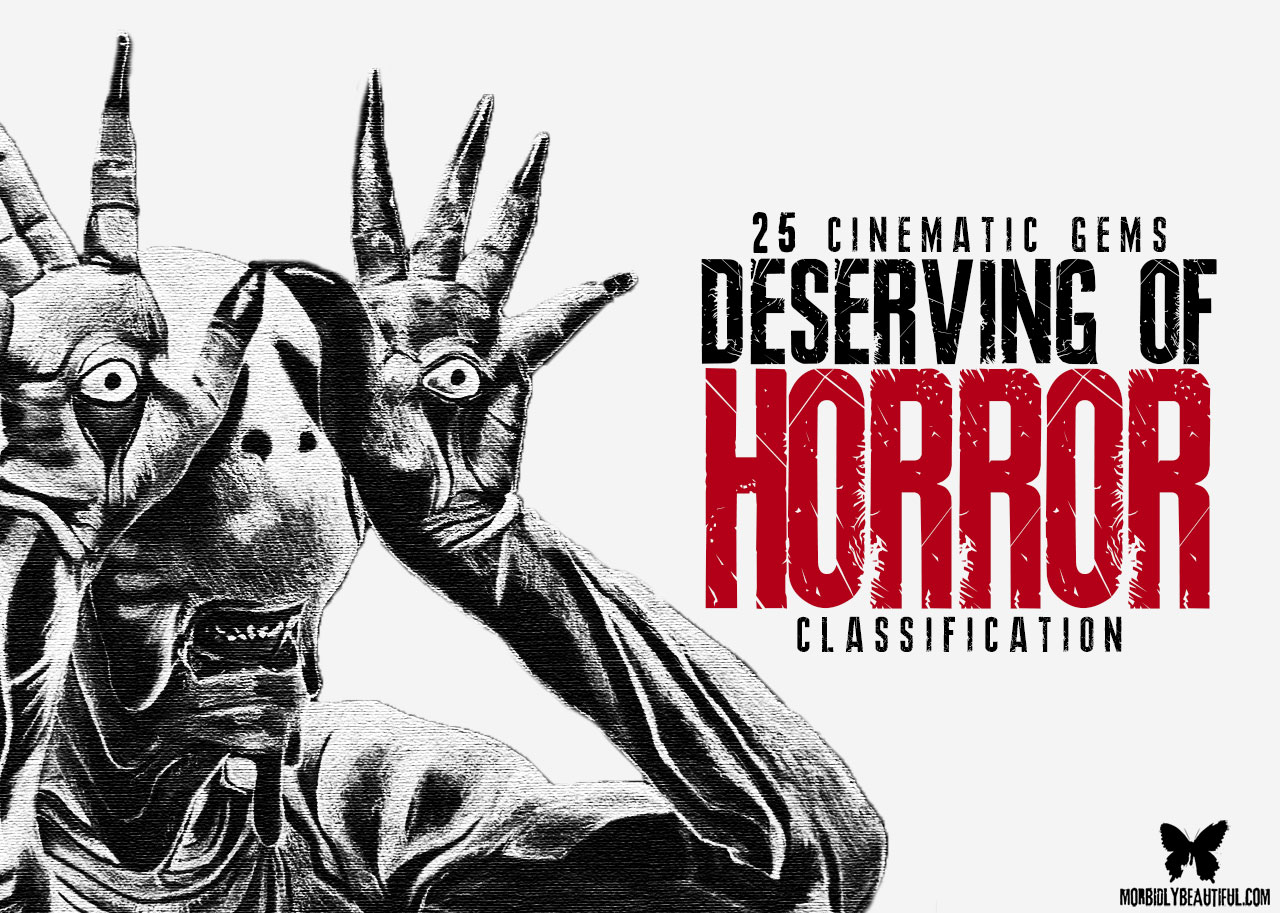
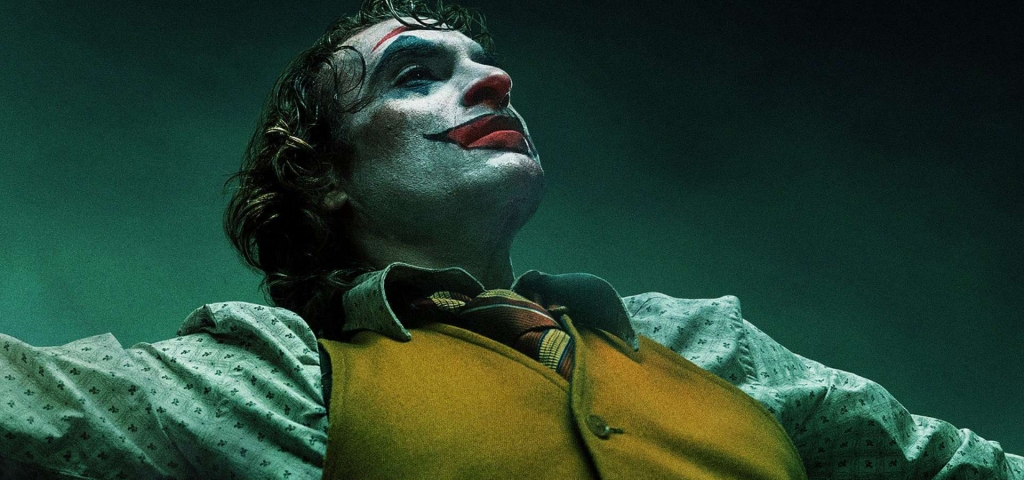

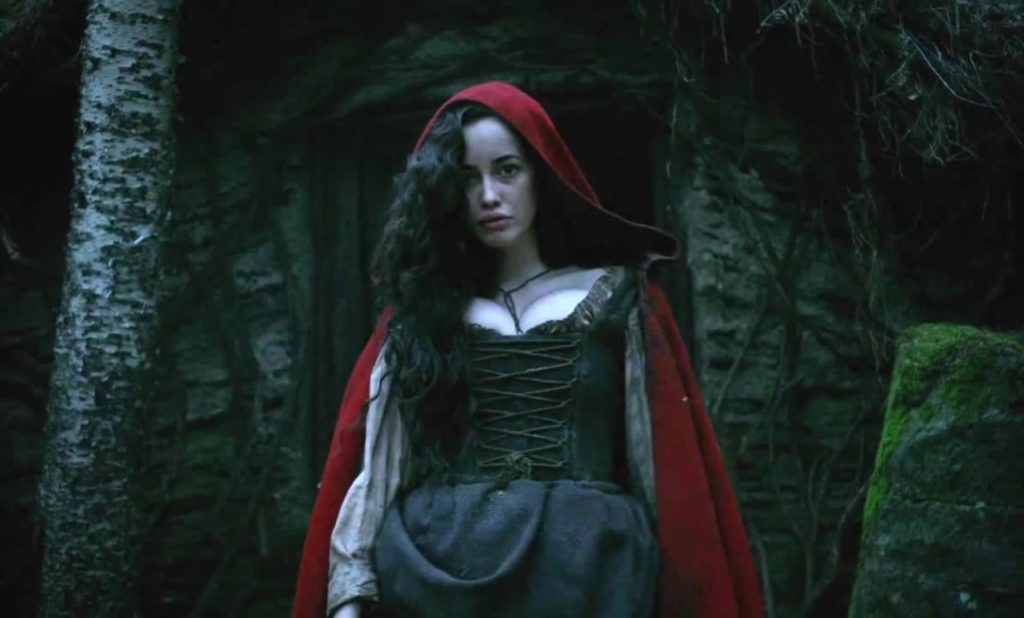



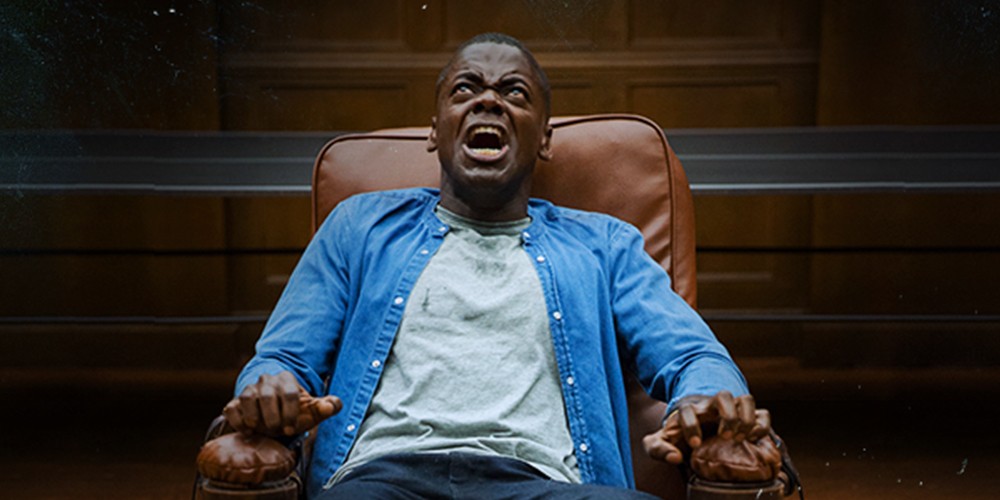
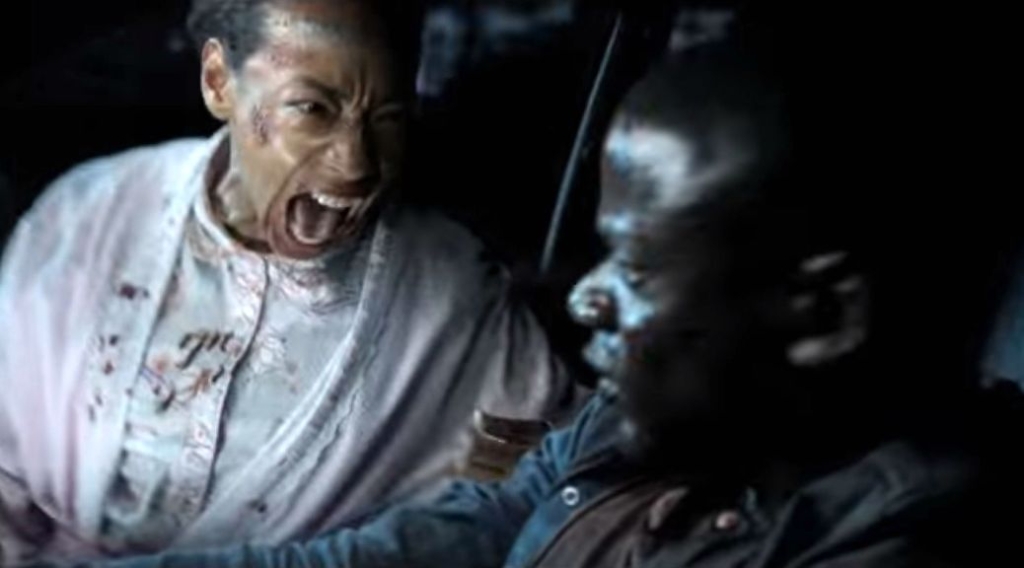
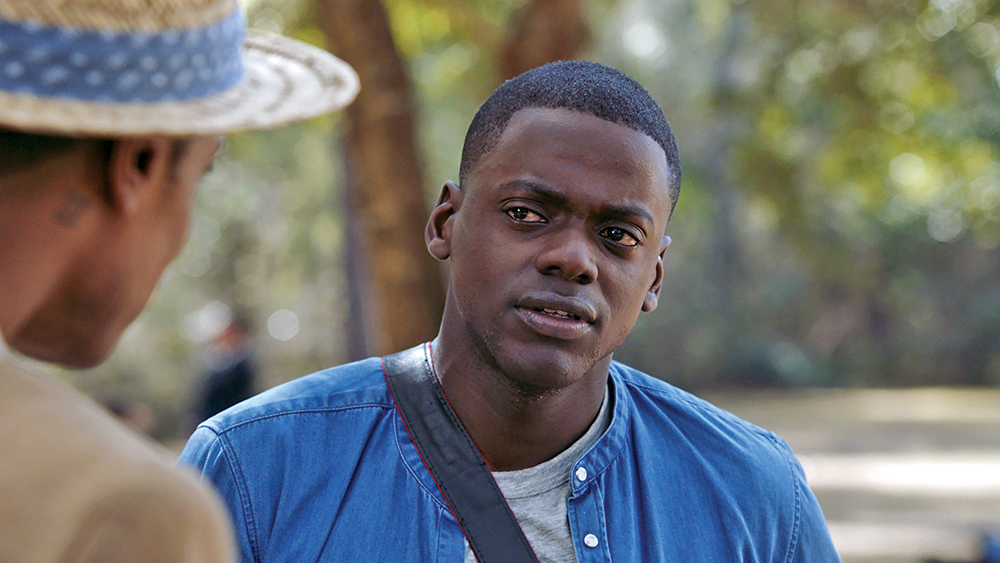
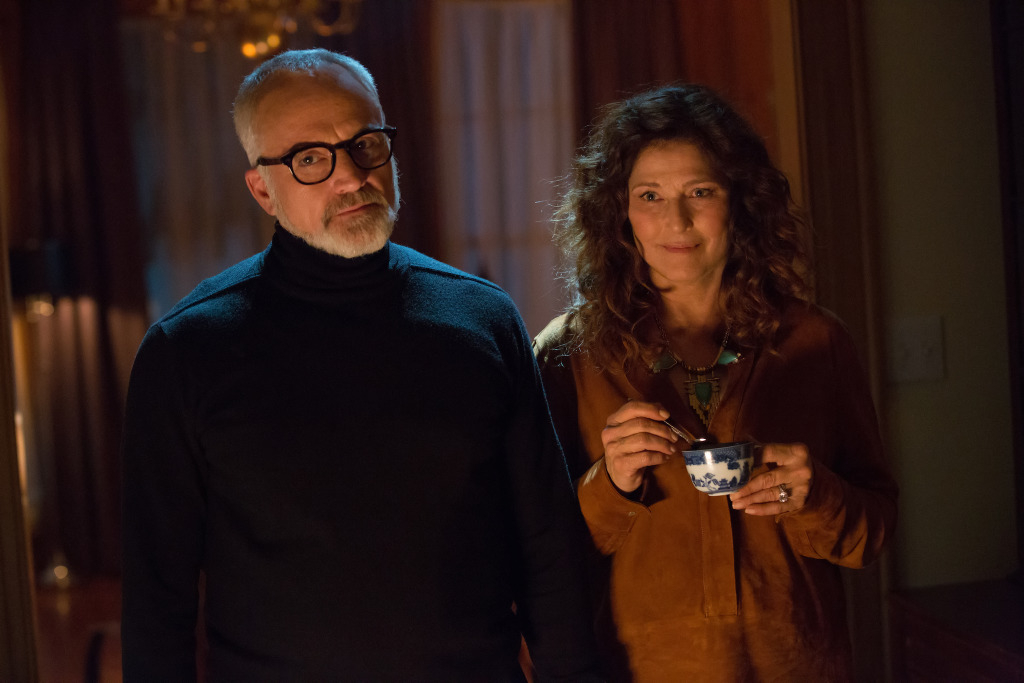

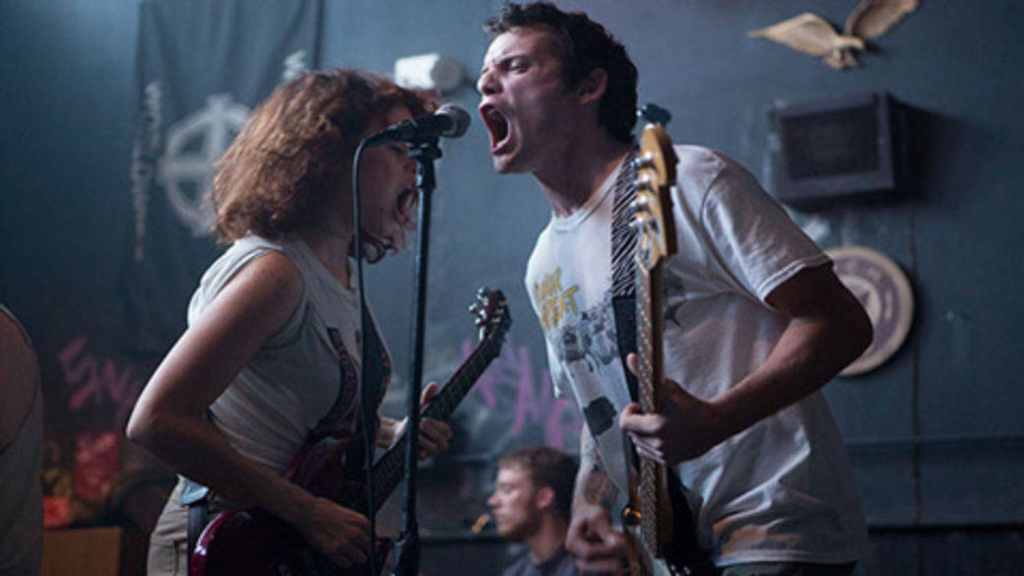


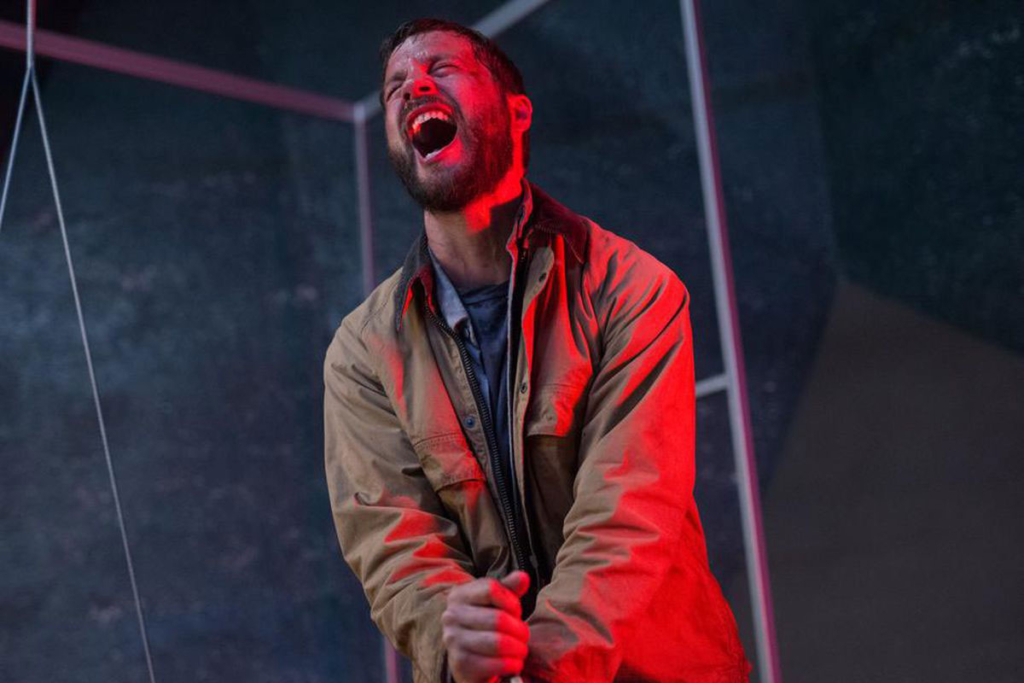
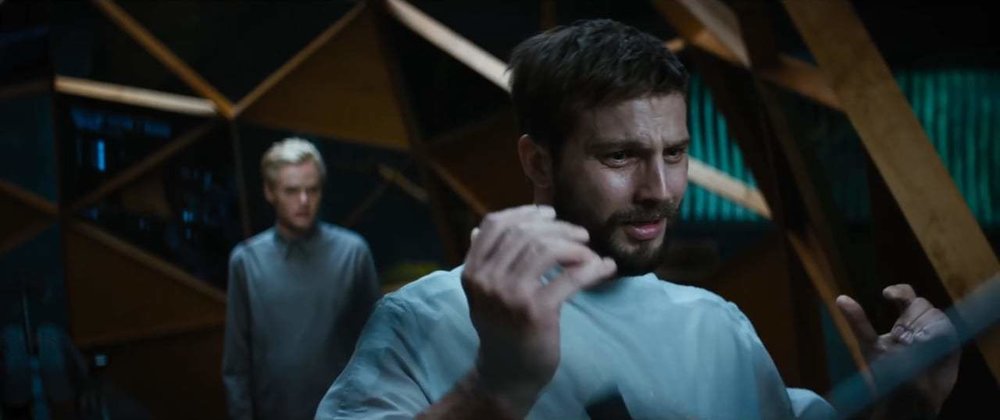

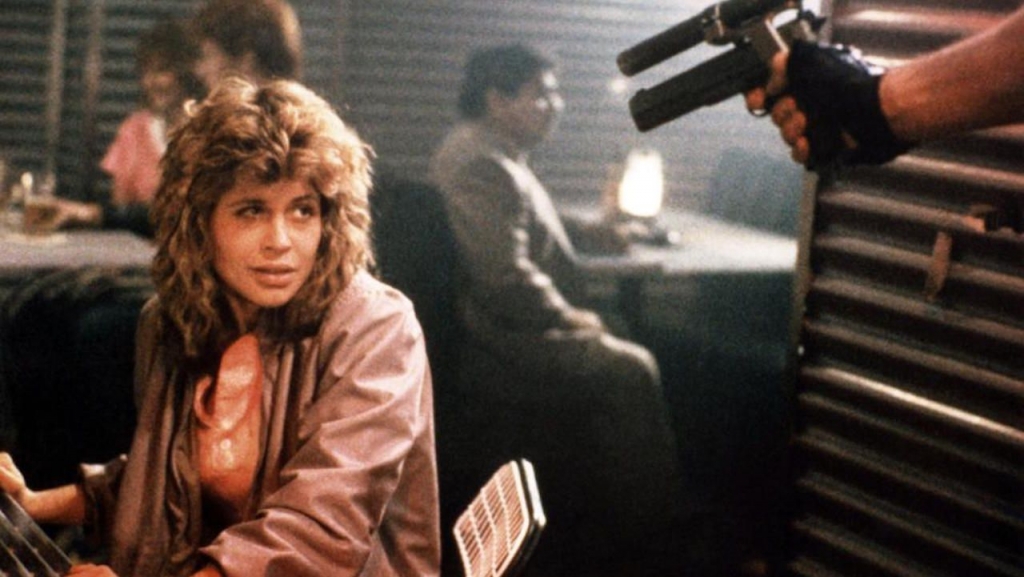
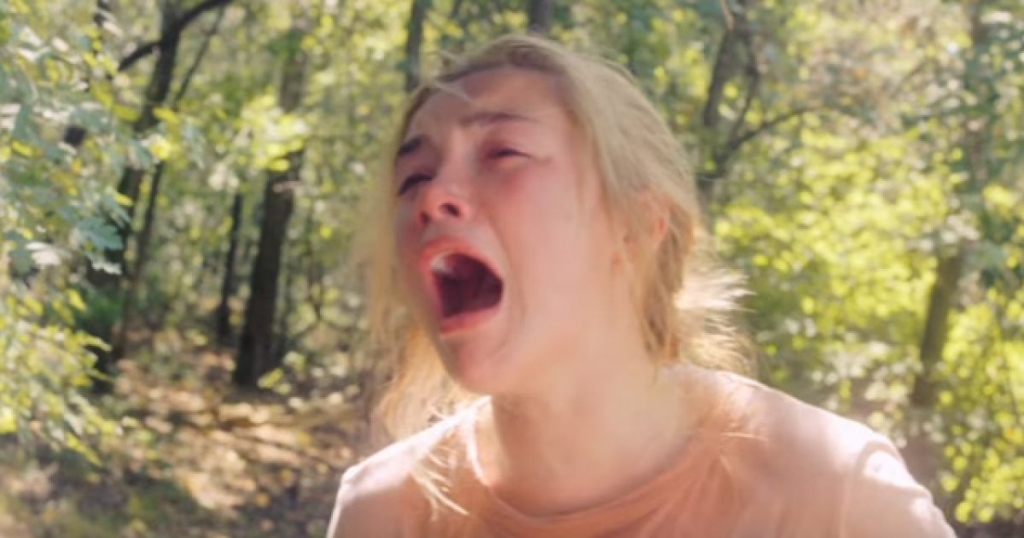
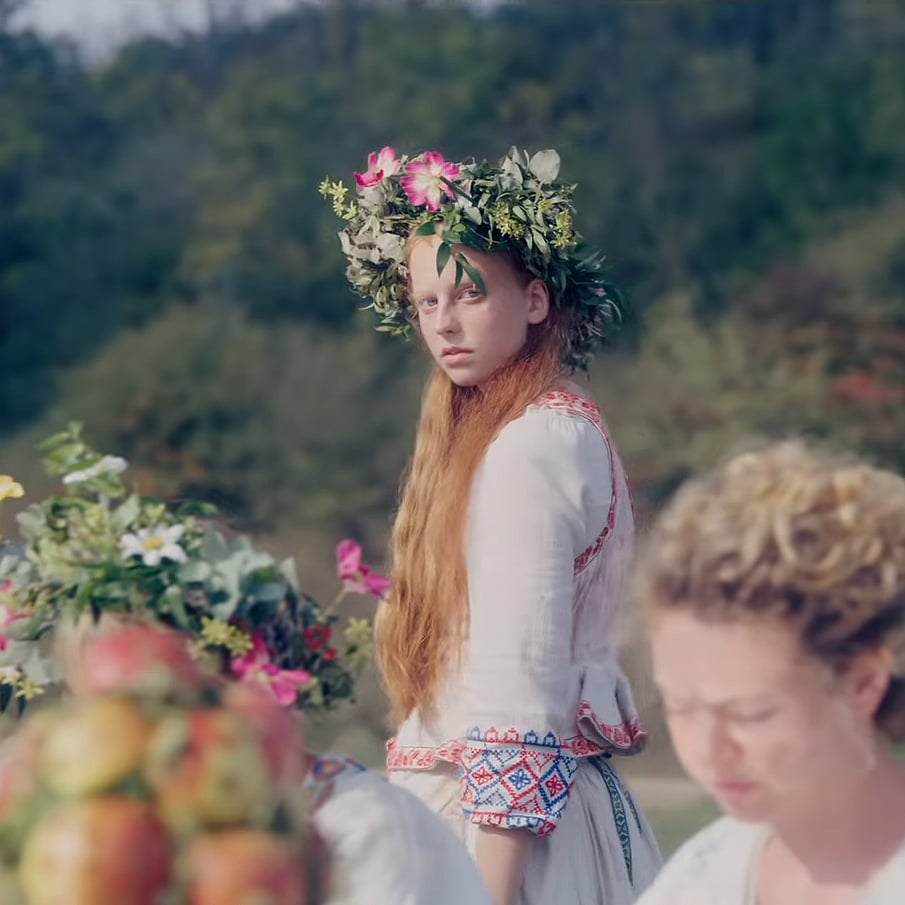
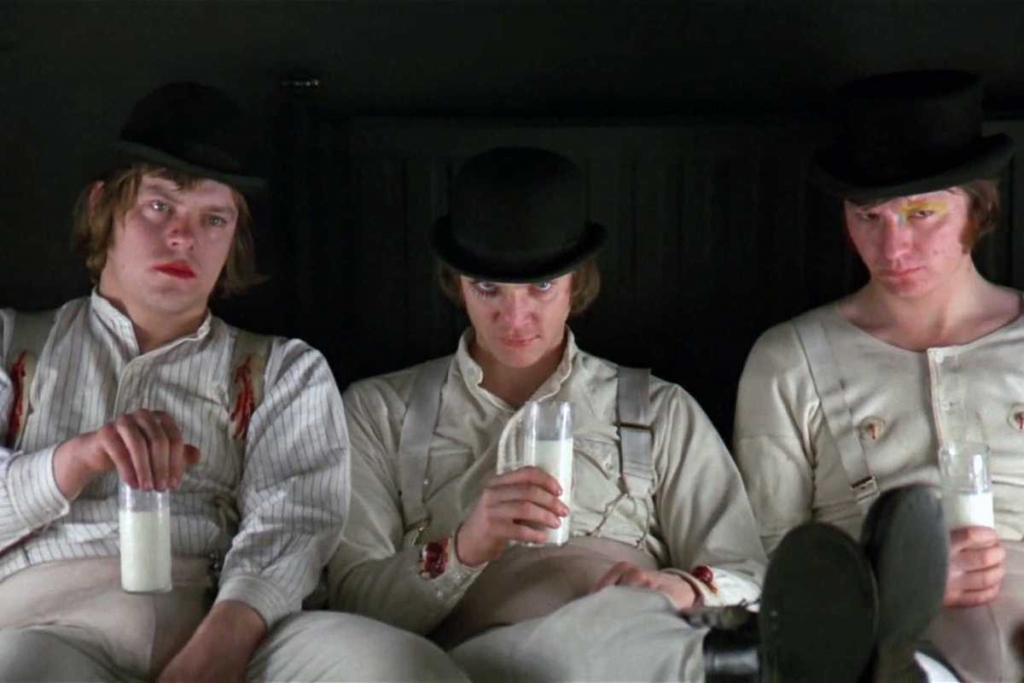

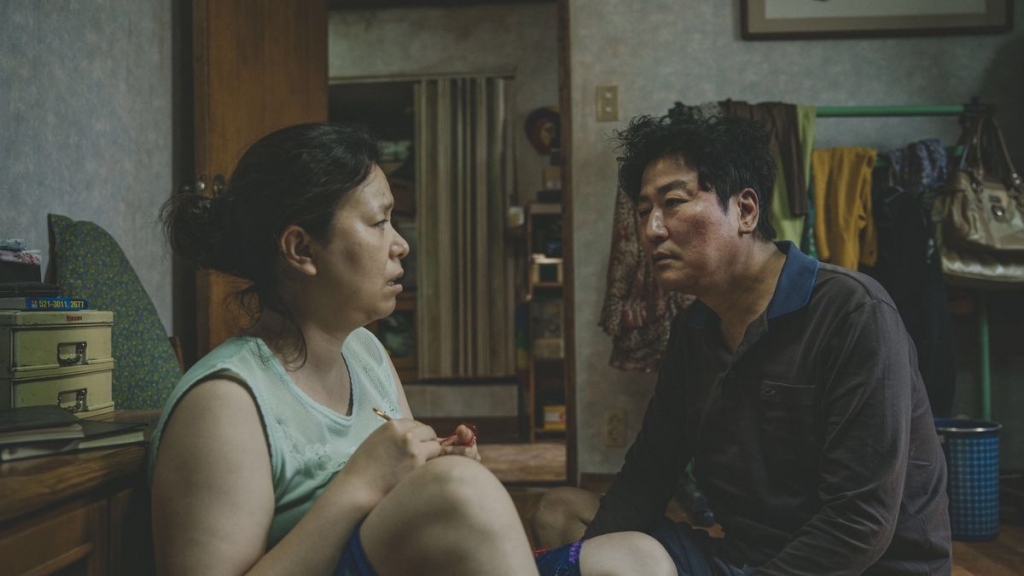

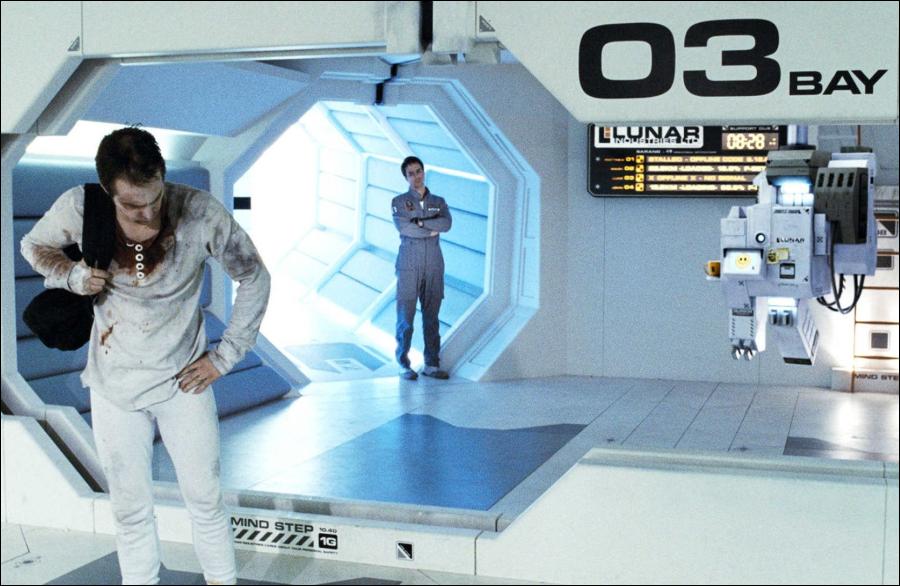
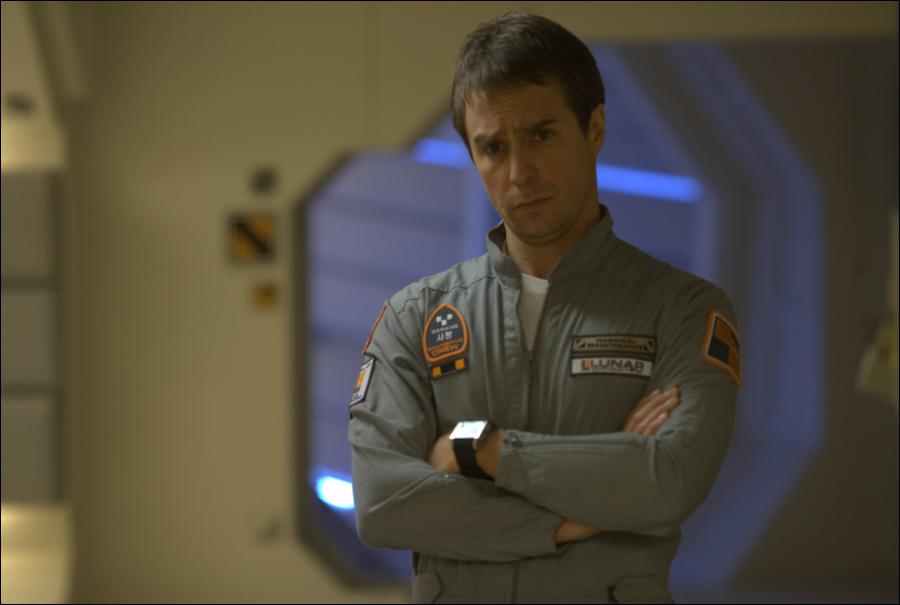

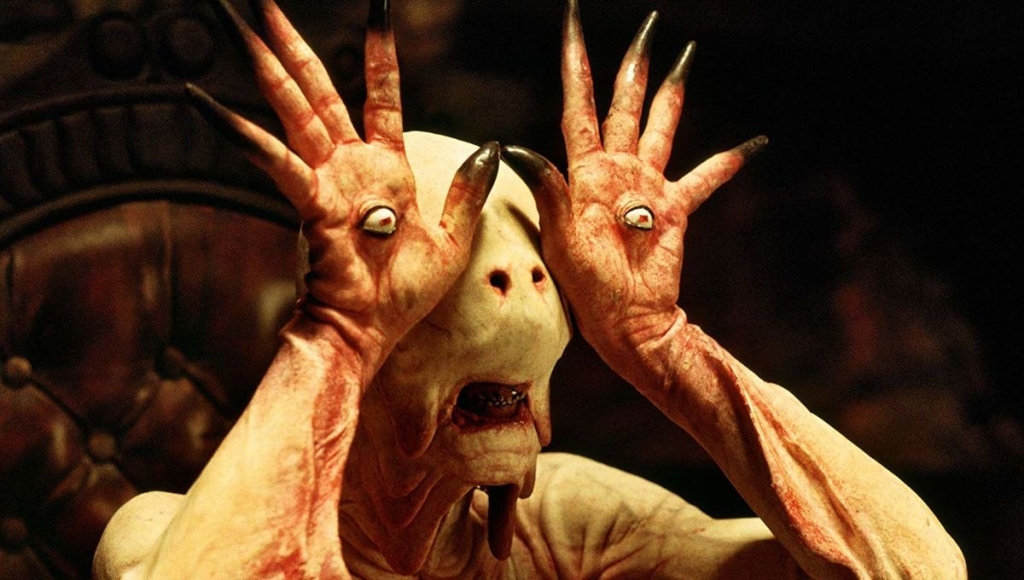
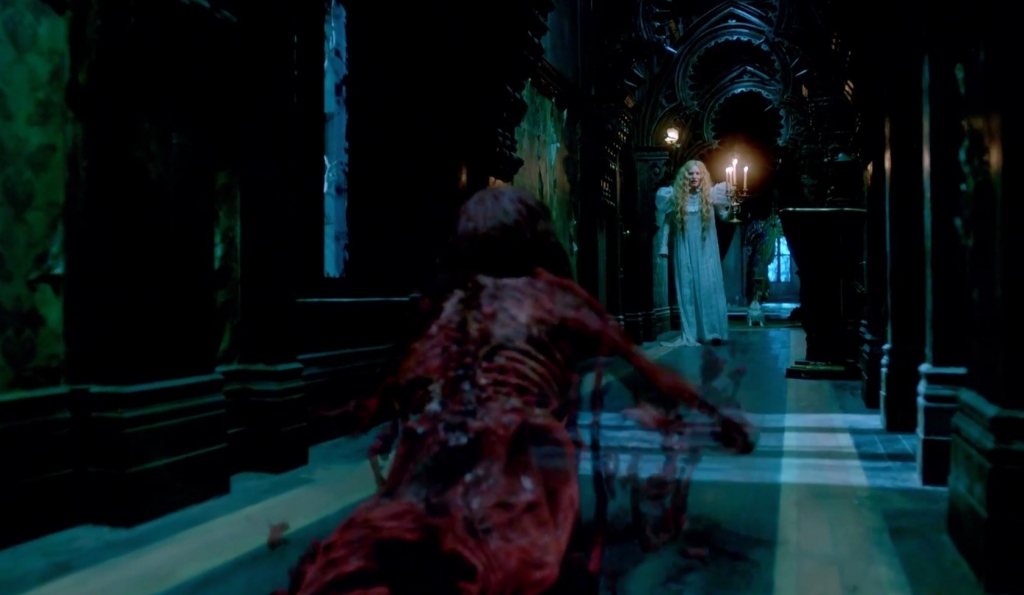
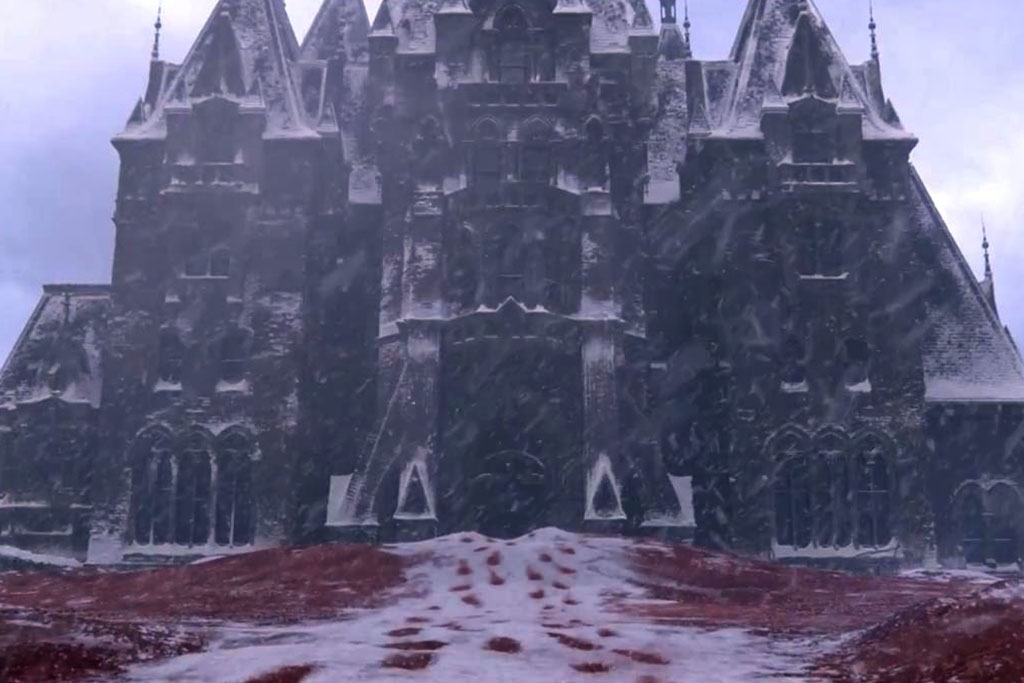
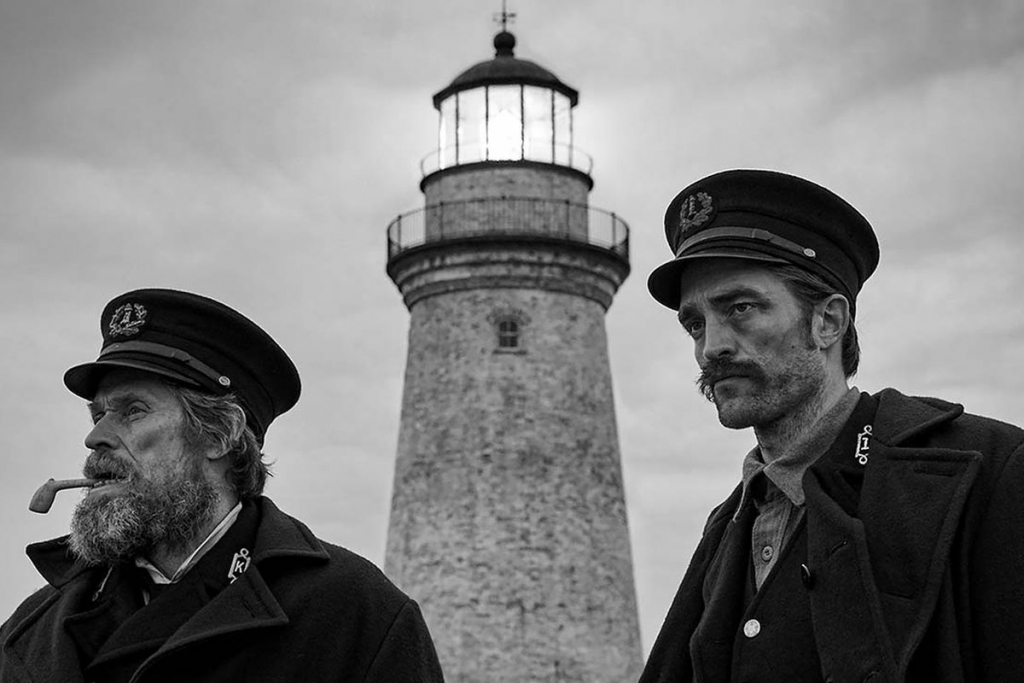
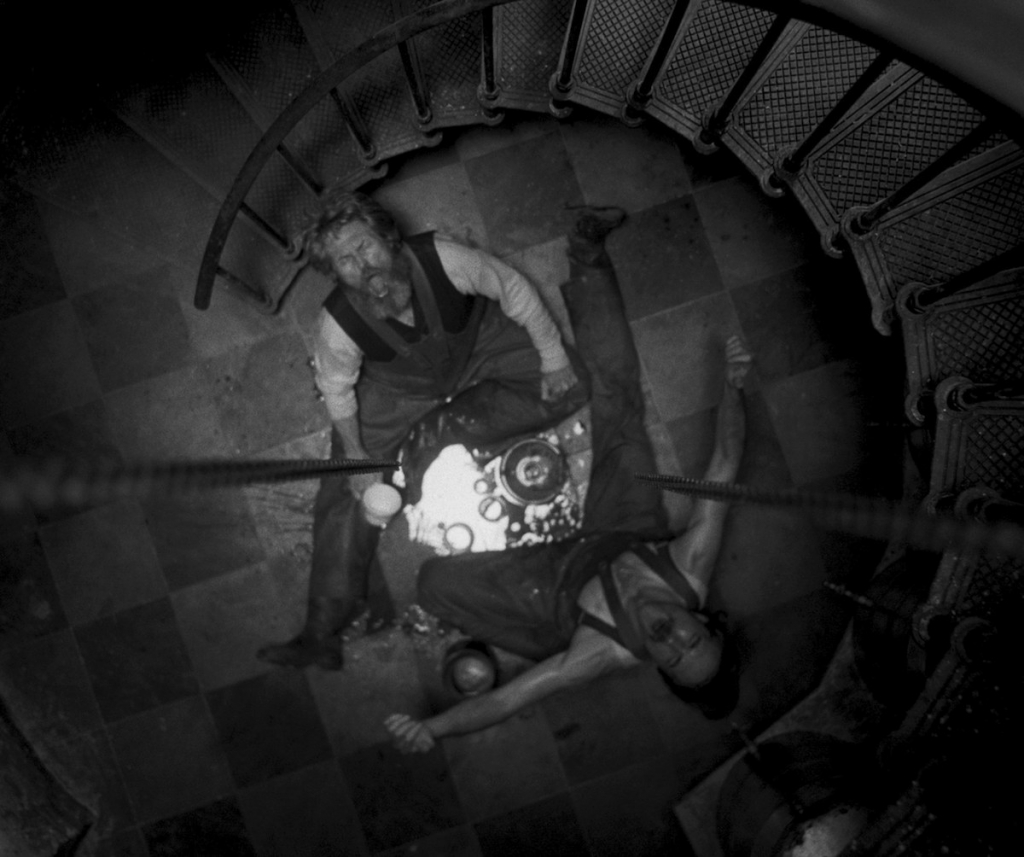
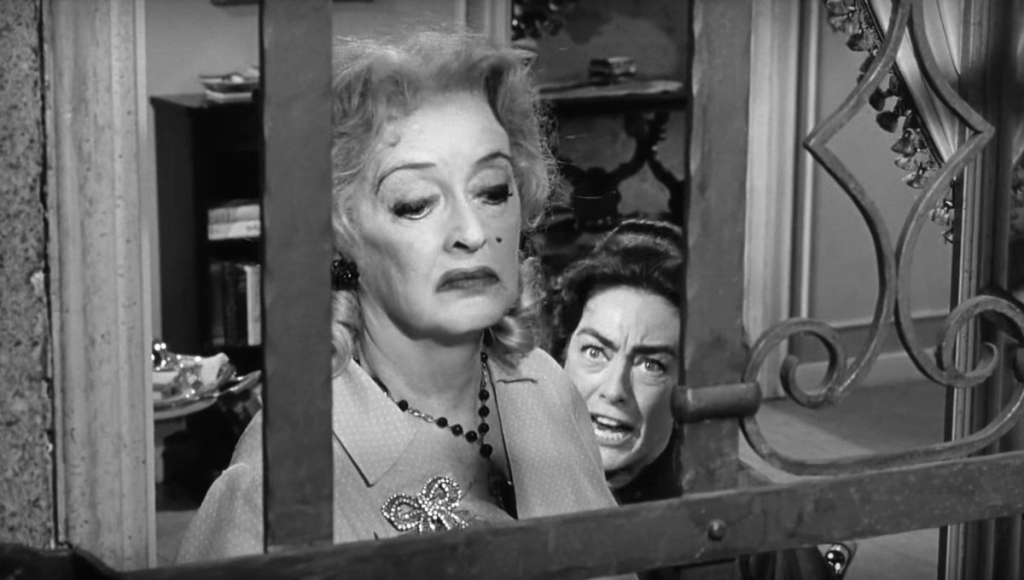

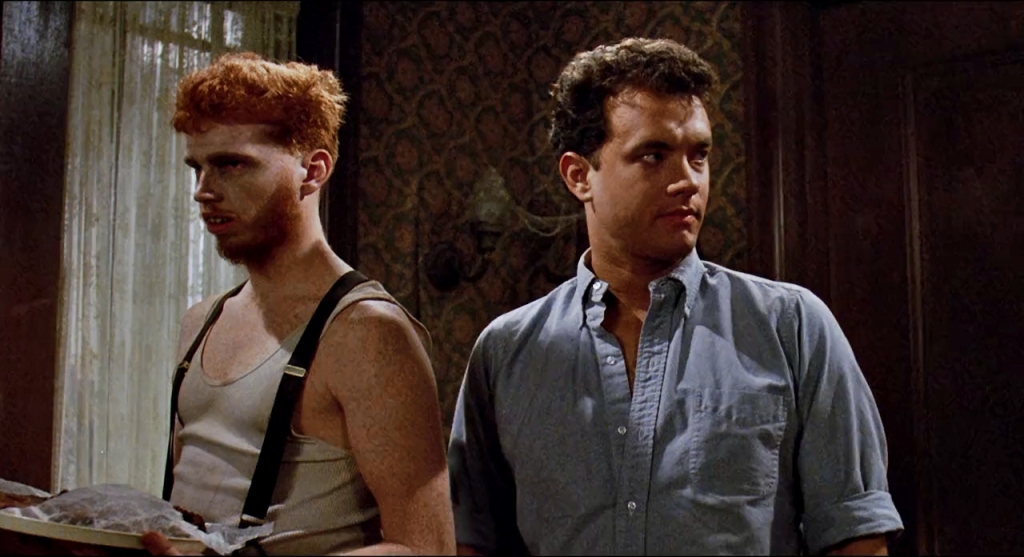

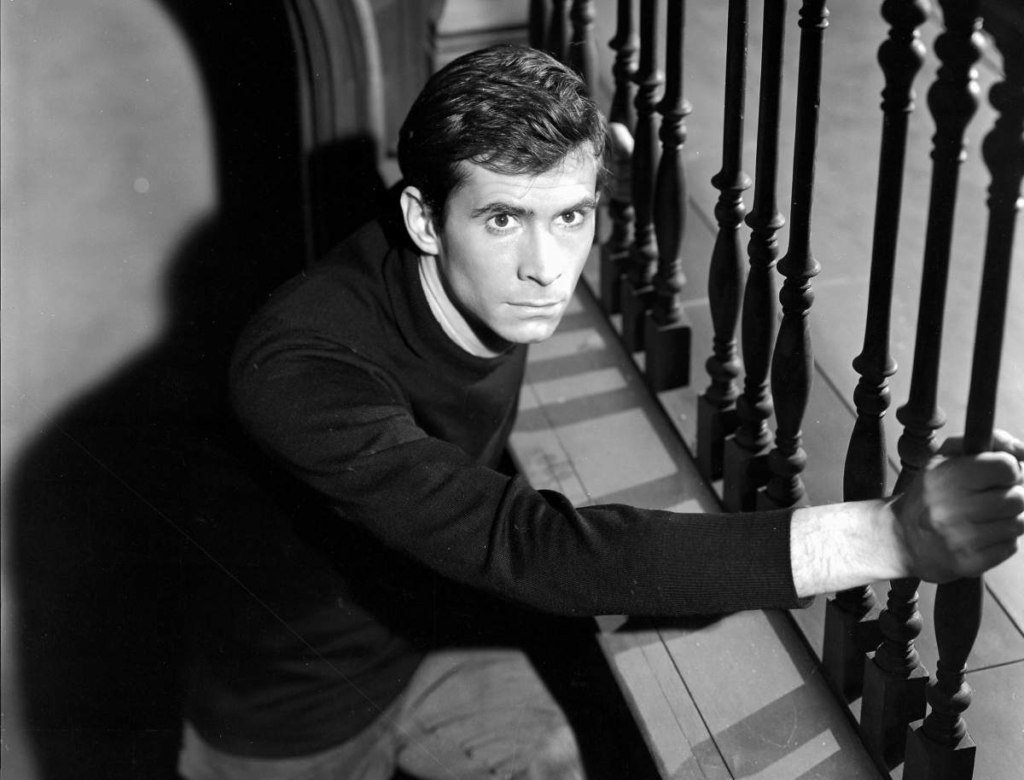
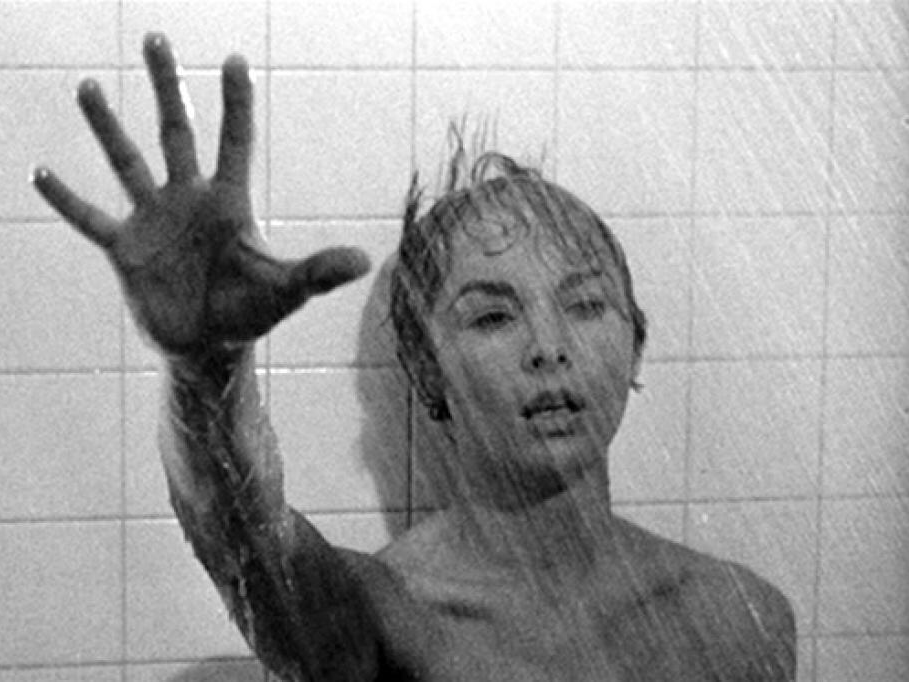
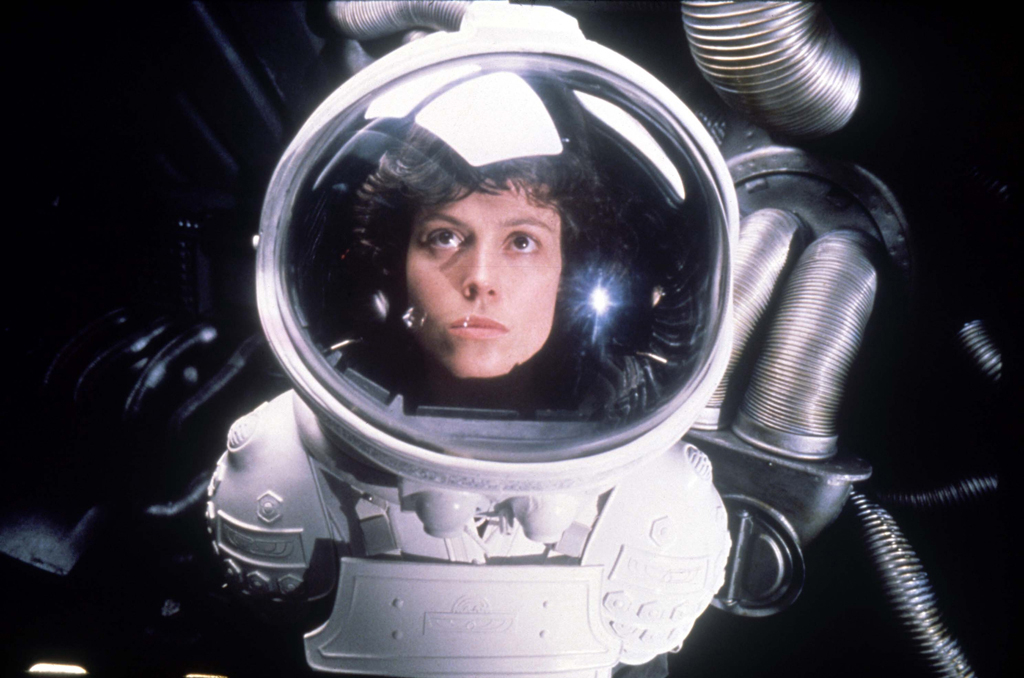
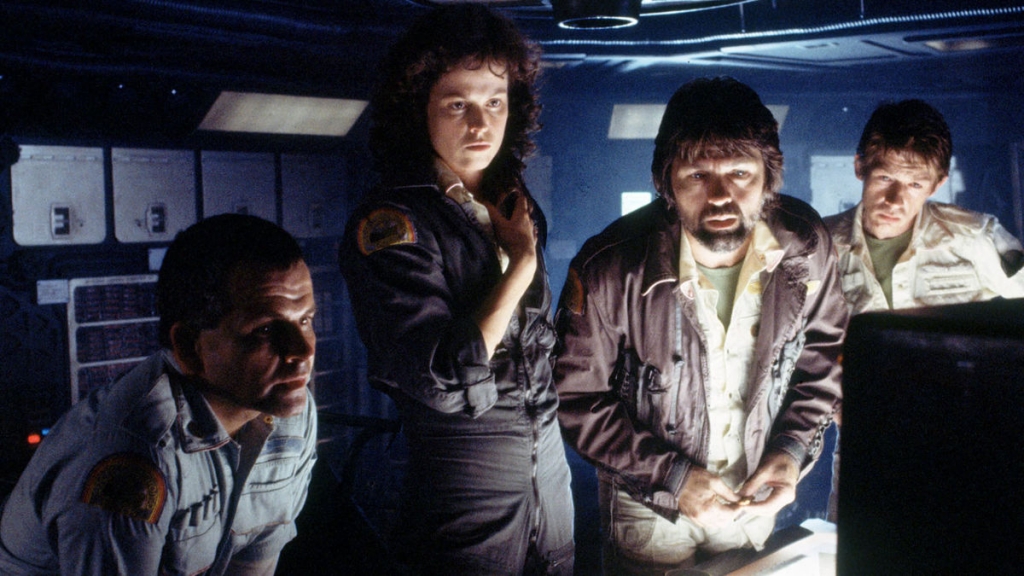
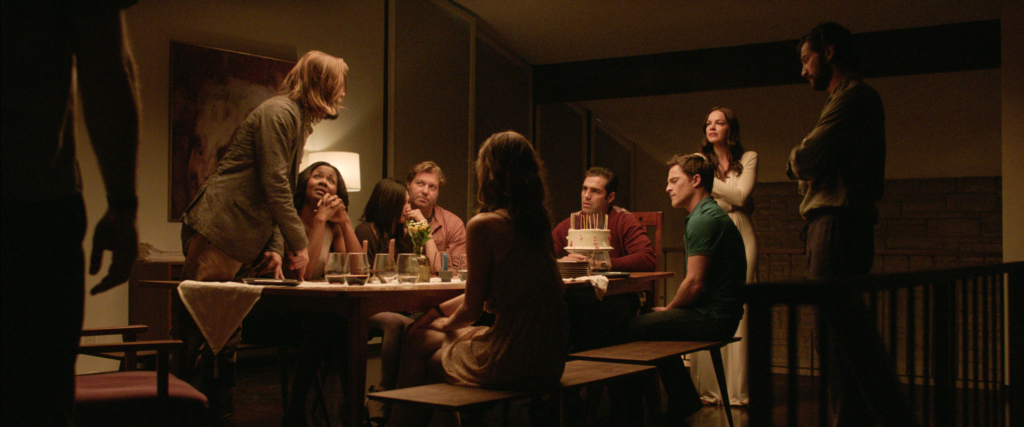
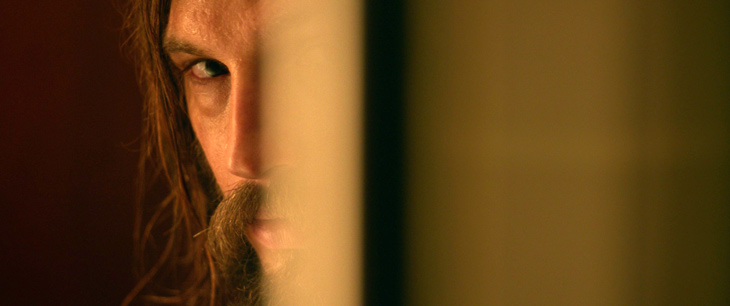
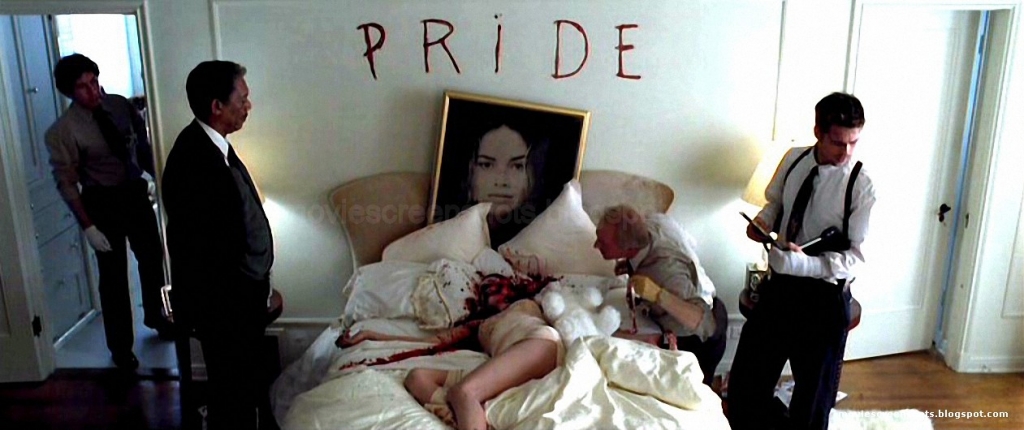
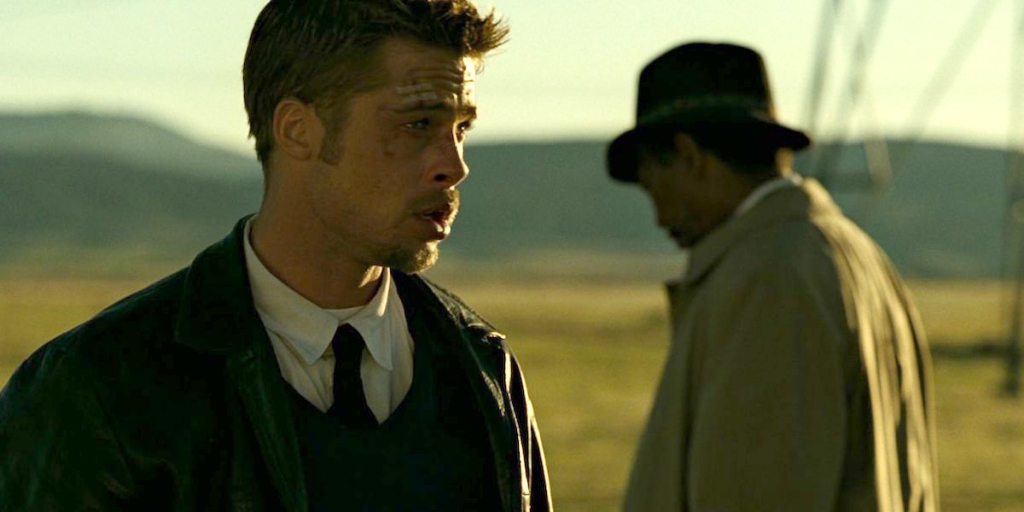
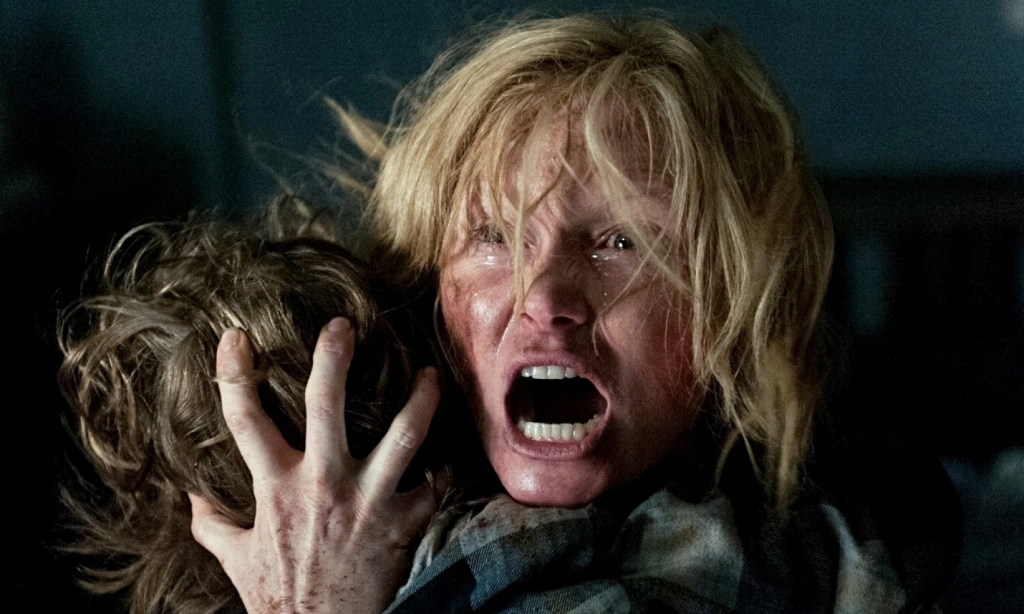

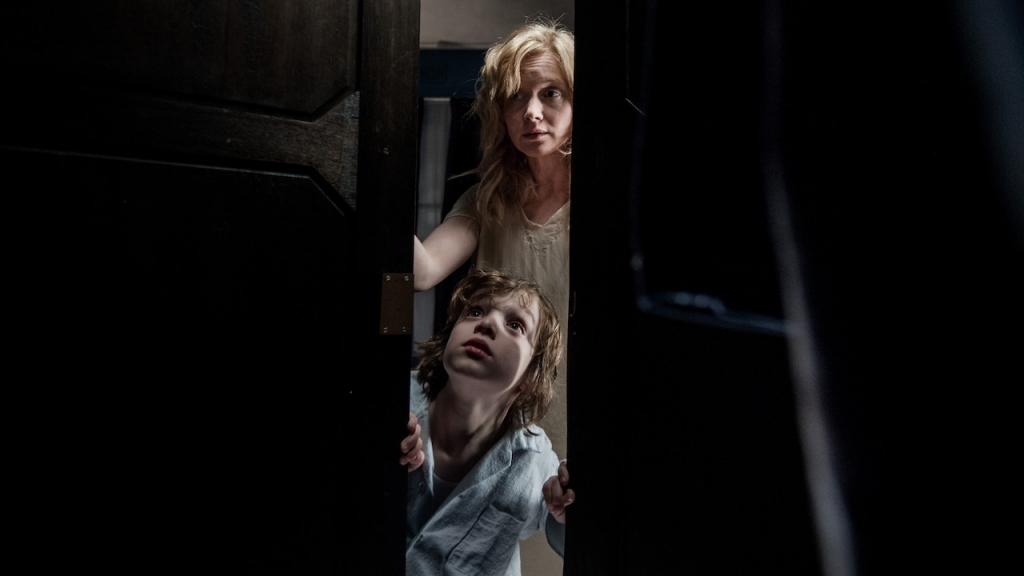
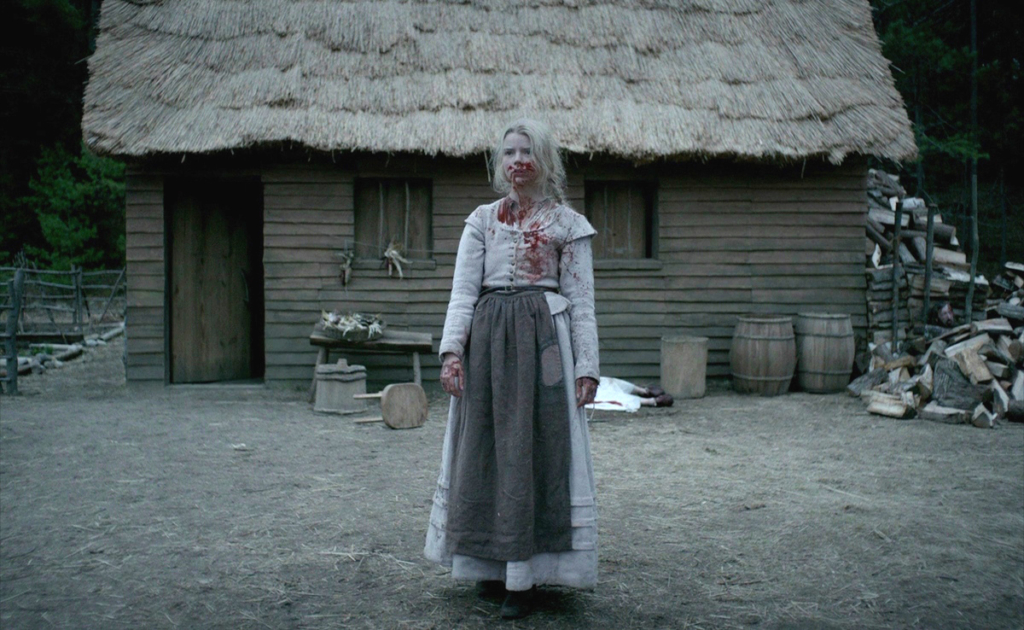
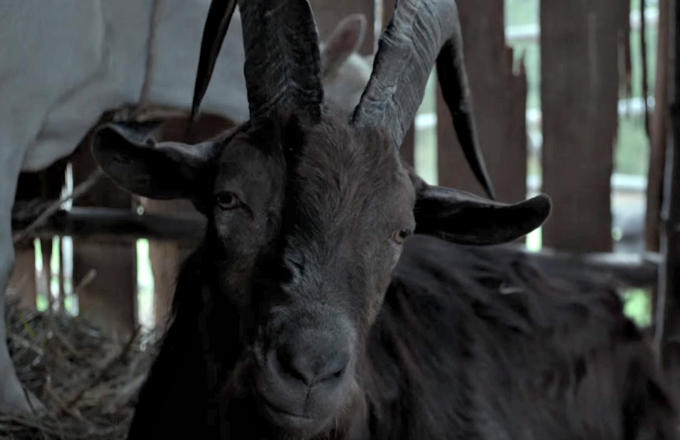
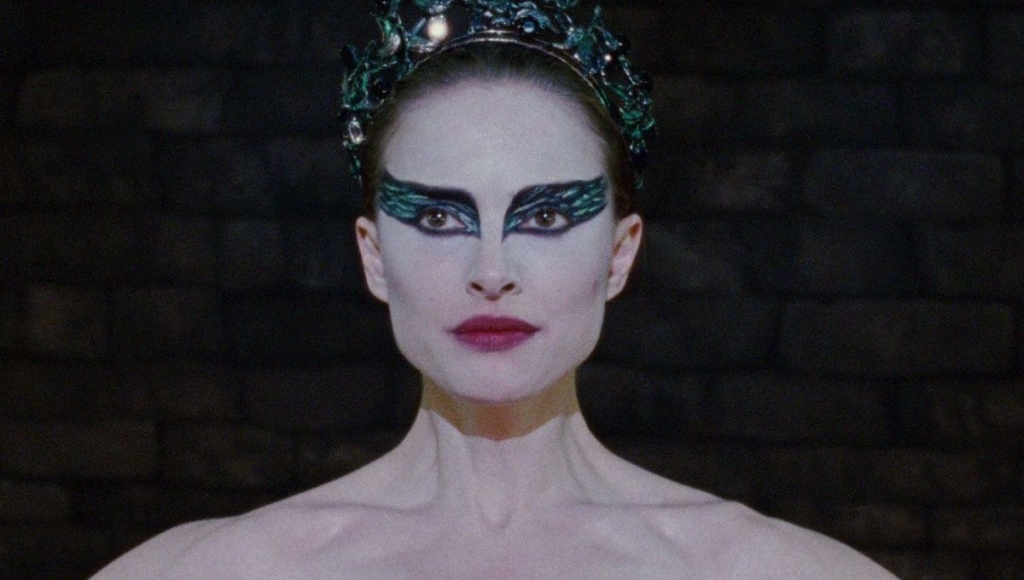
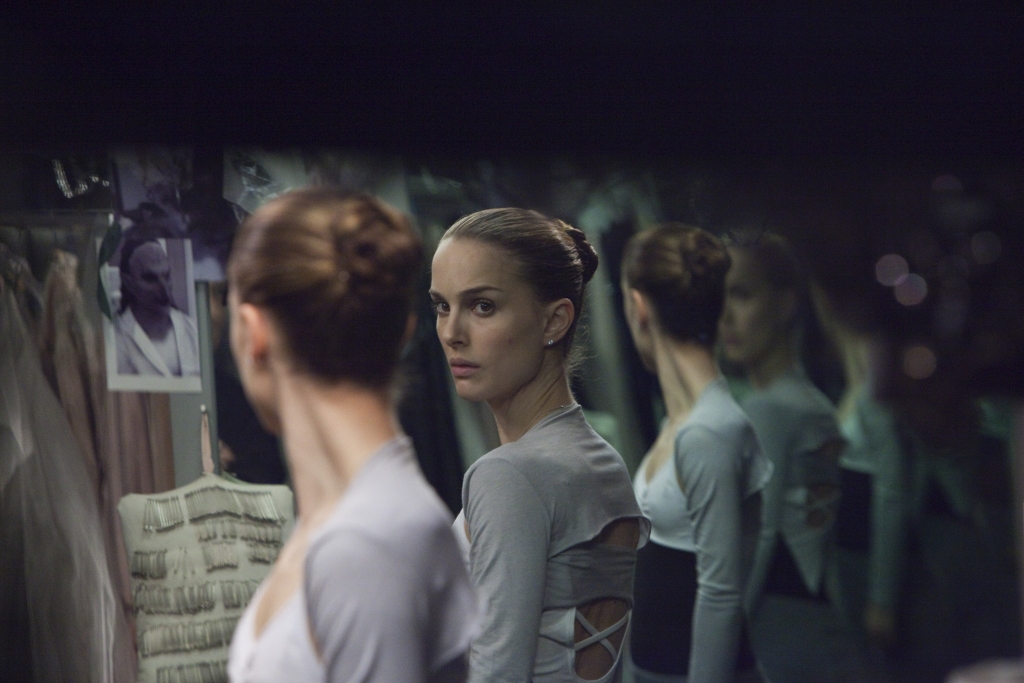

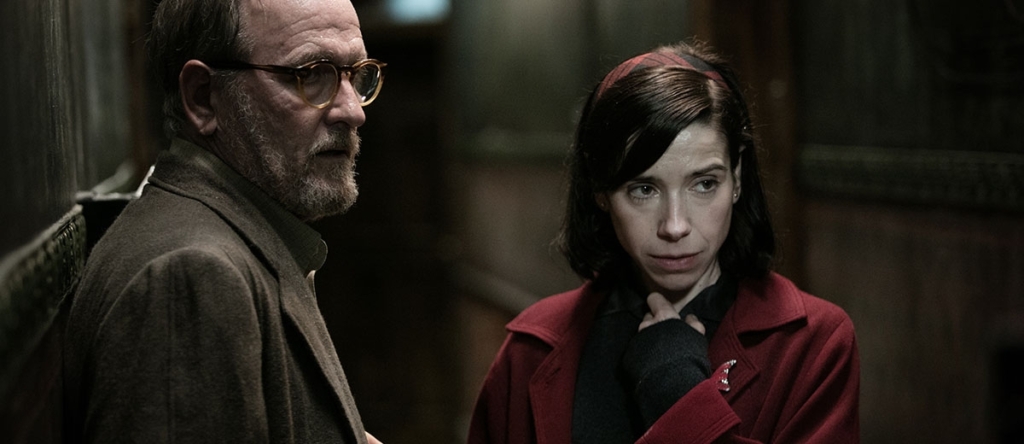
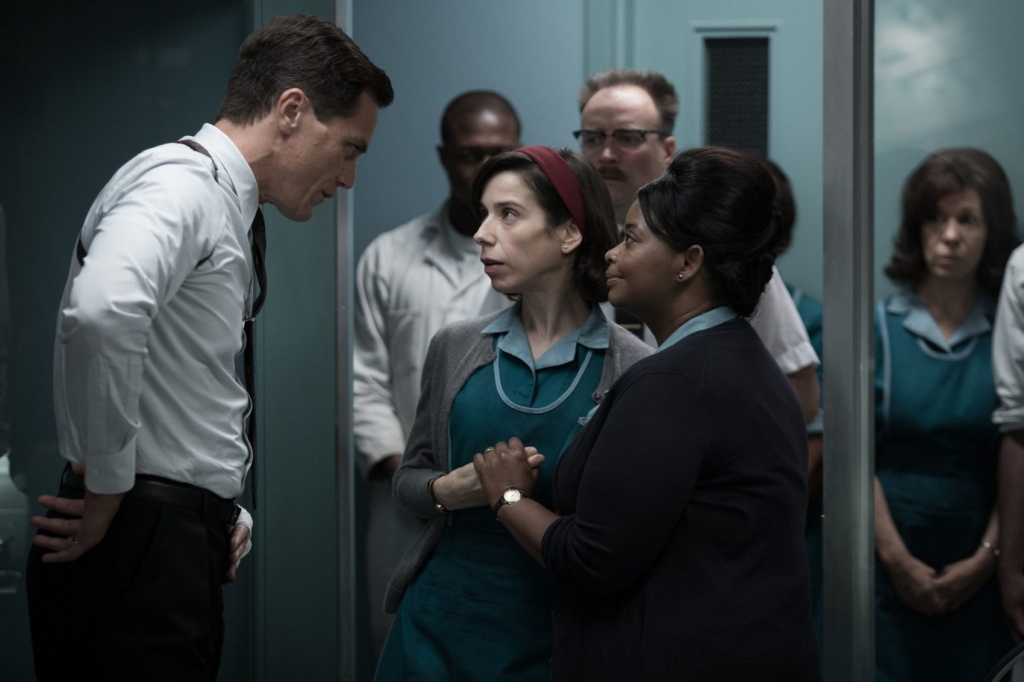
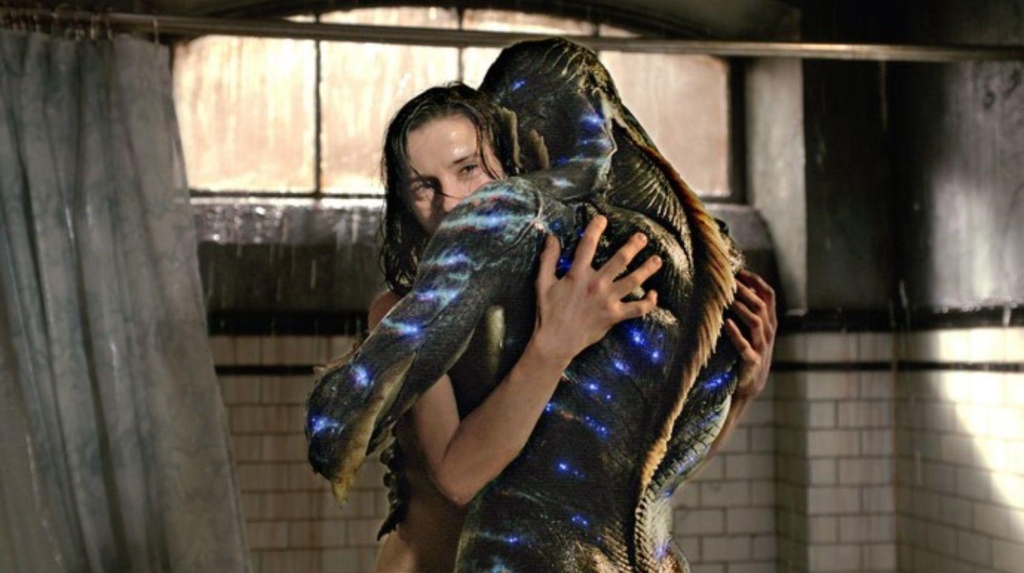
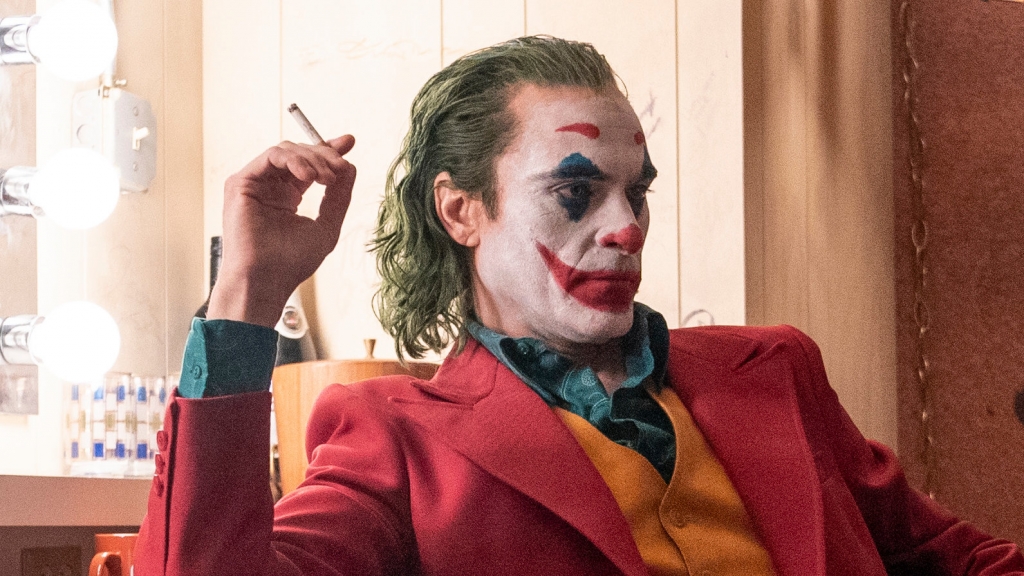

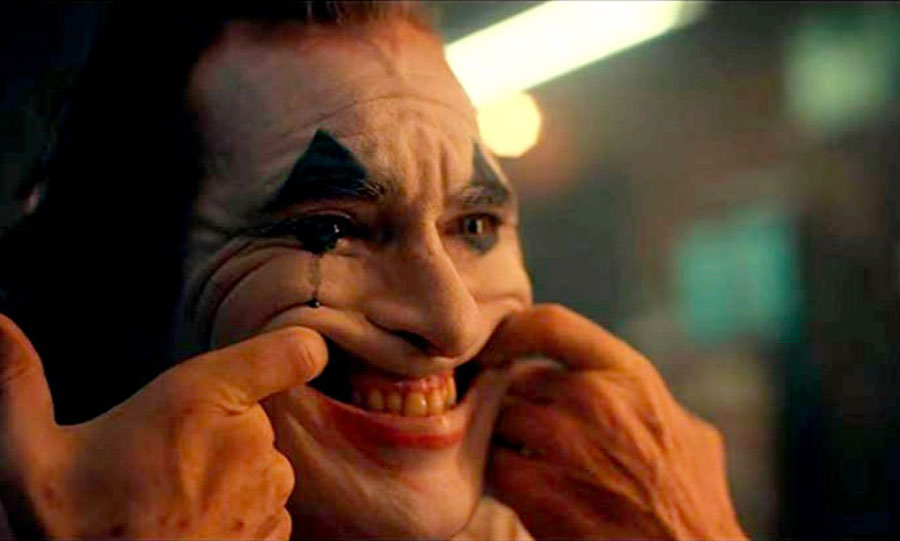
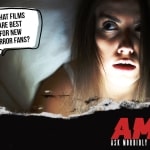
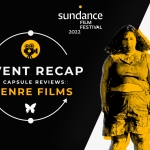
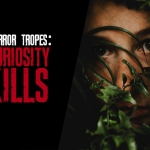






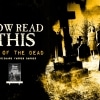






4 Comments
4 Records